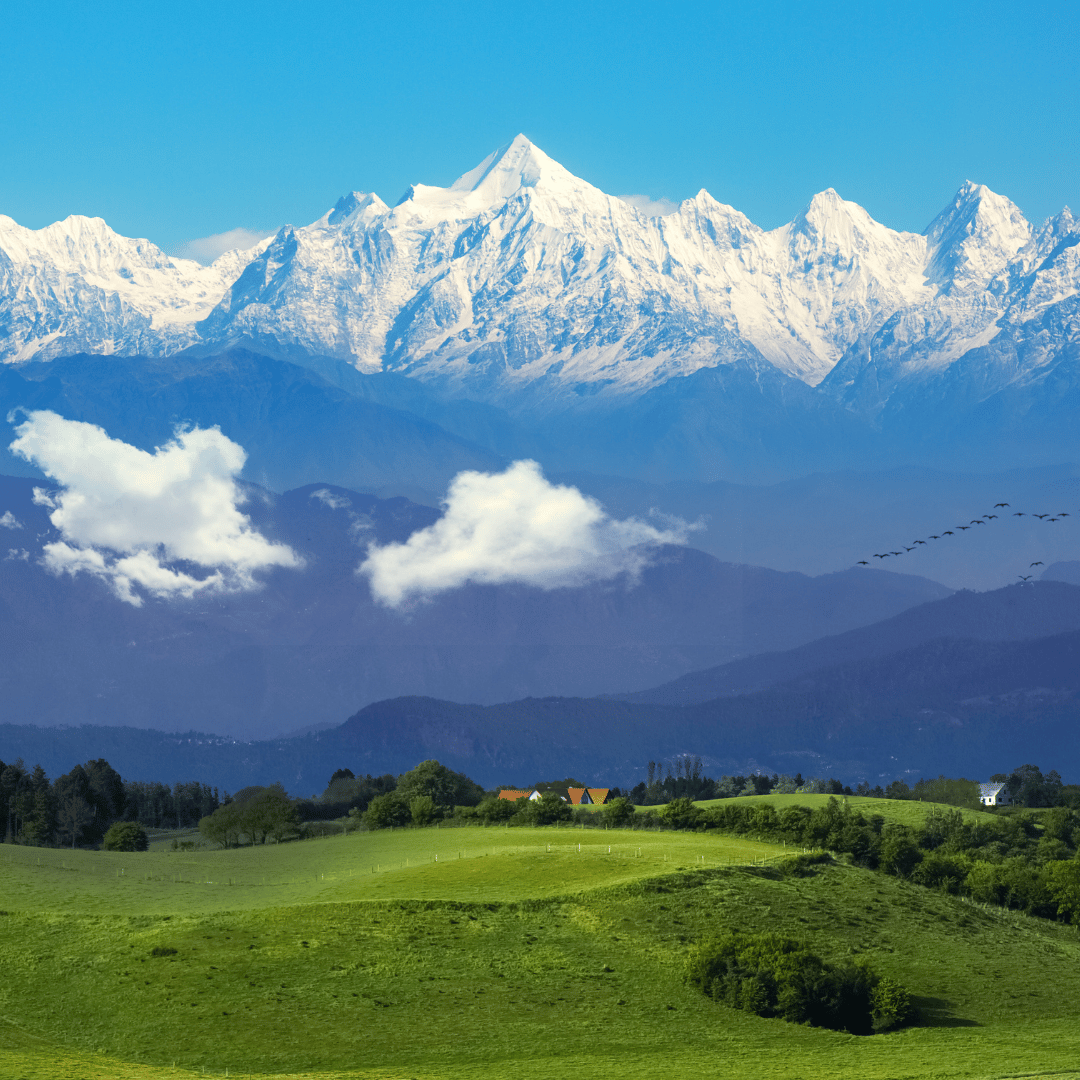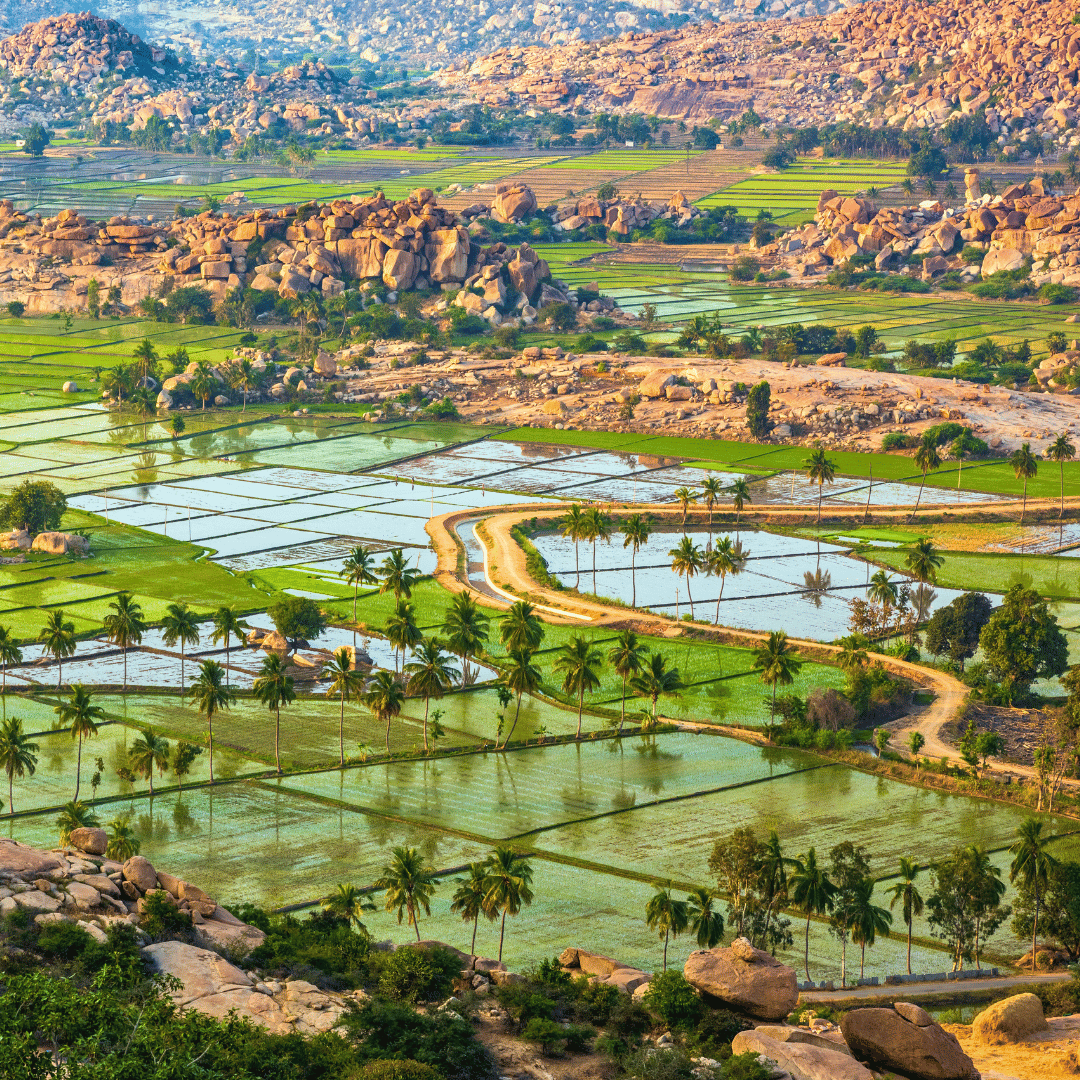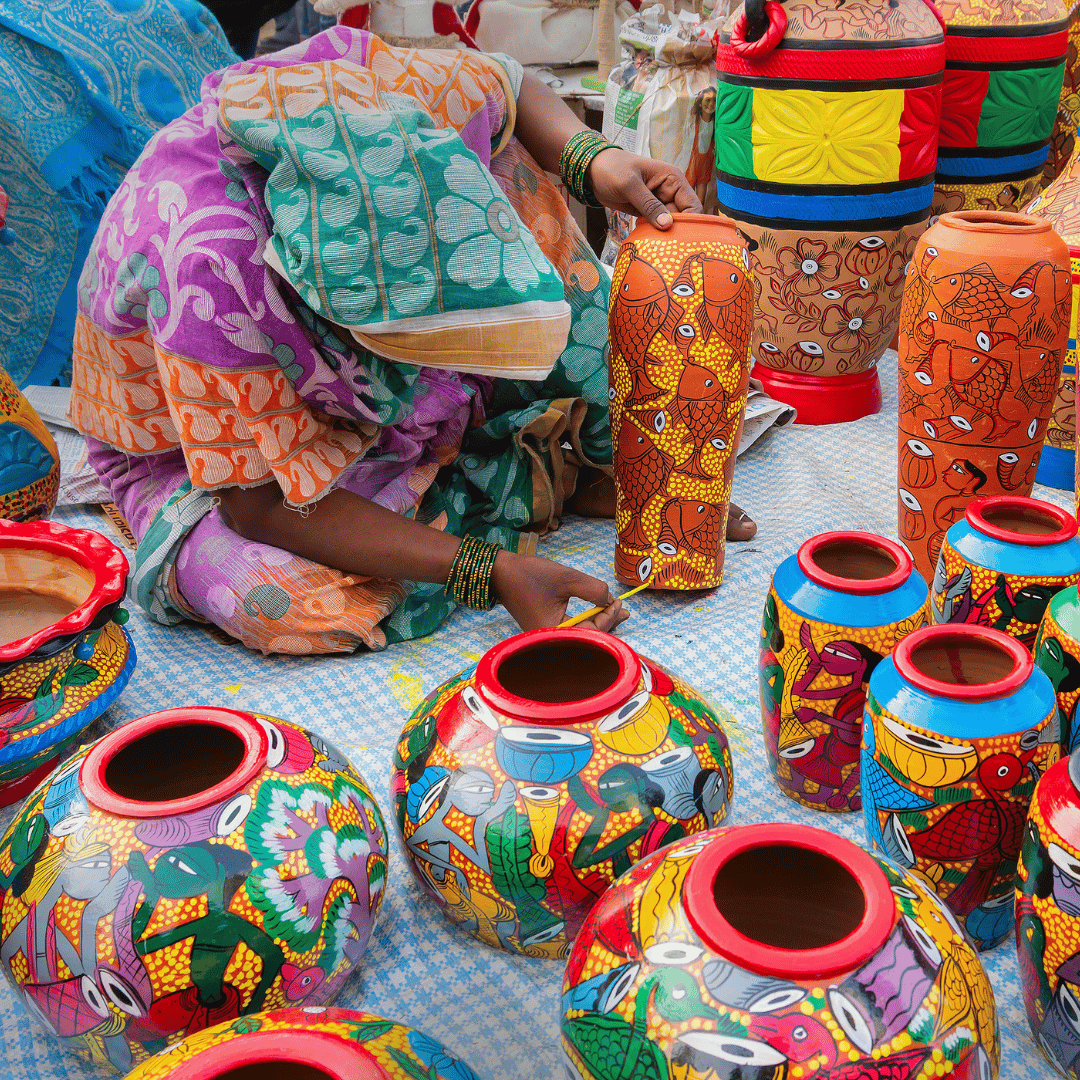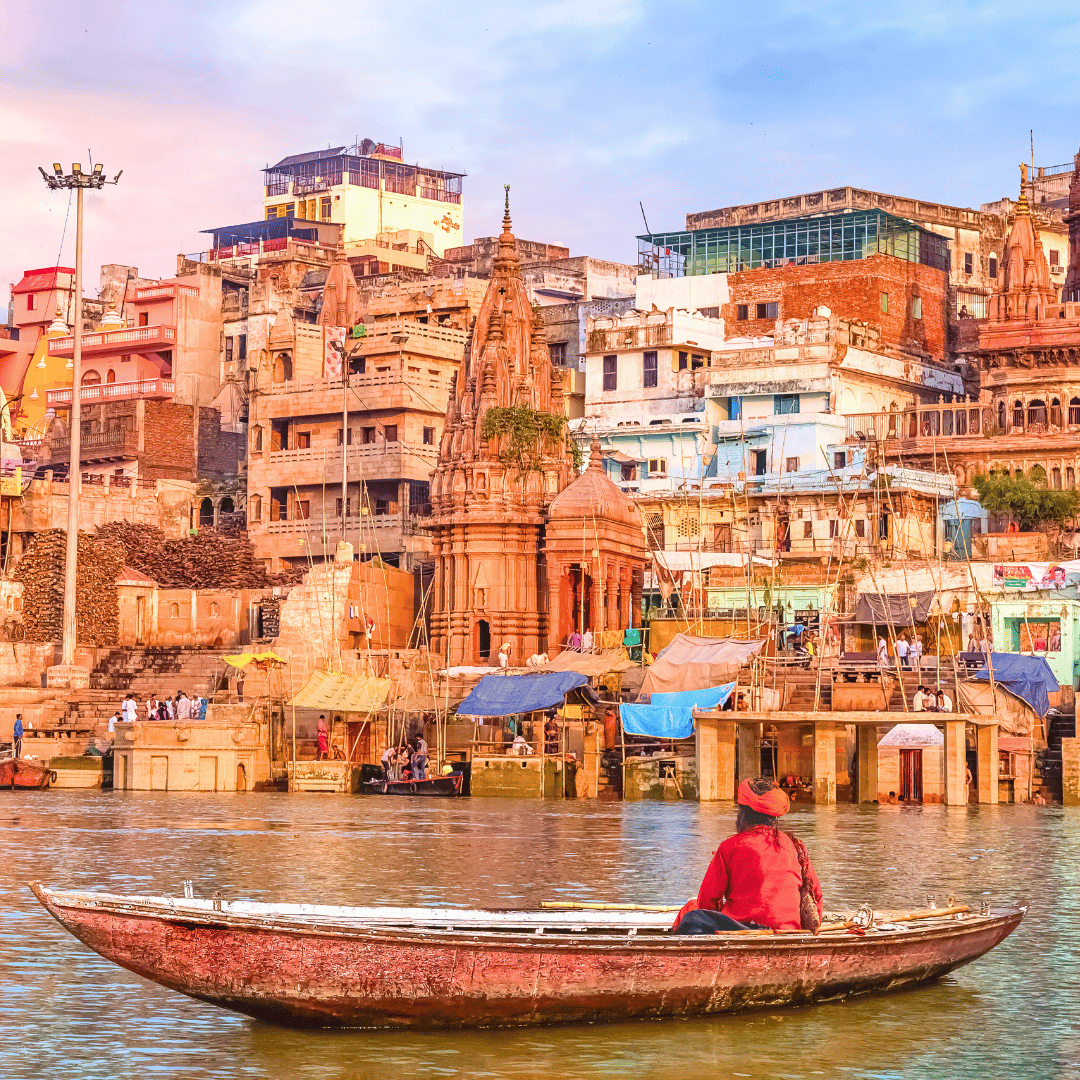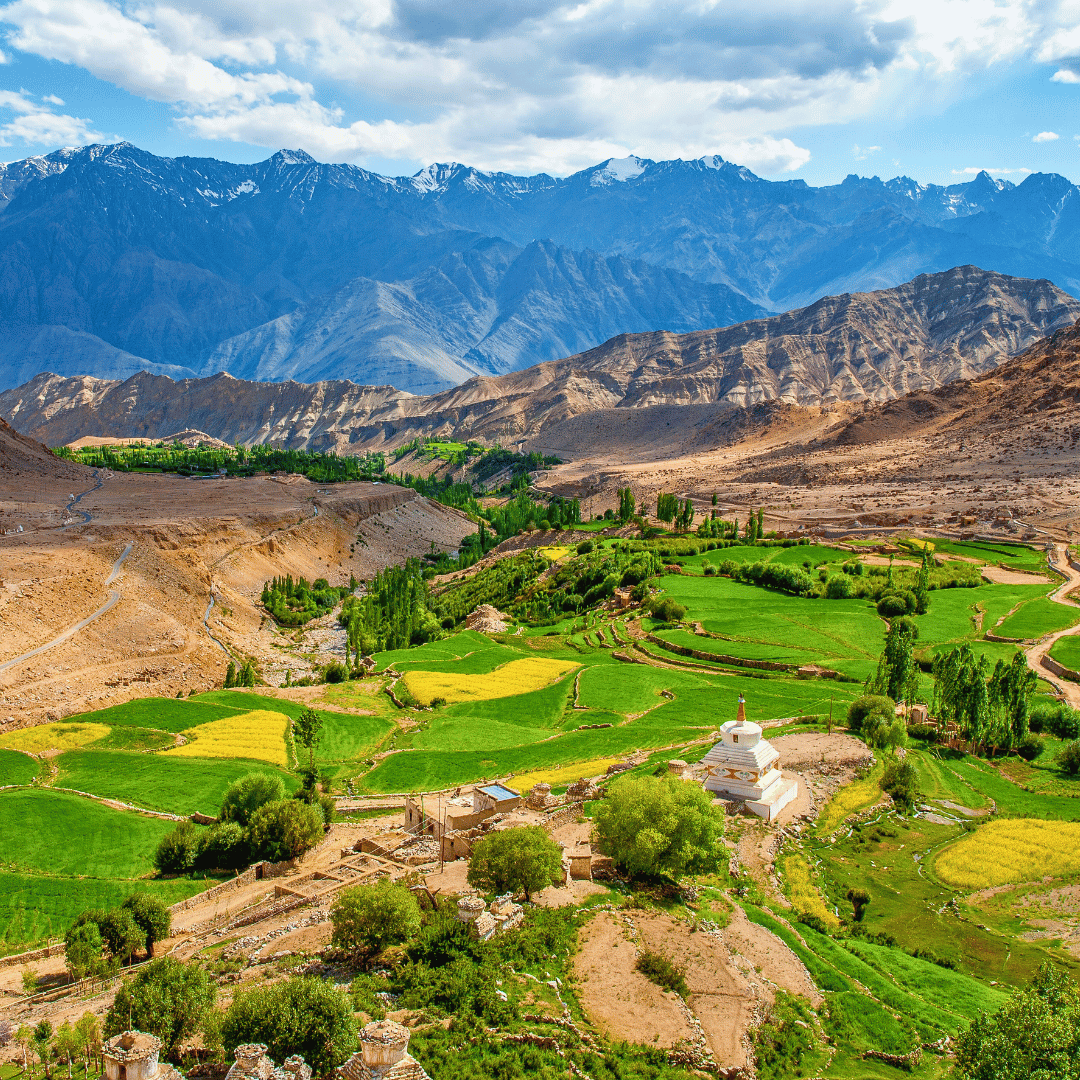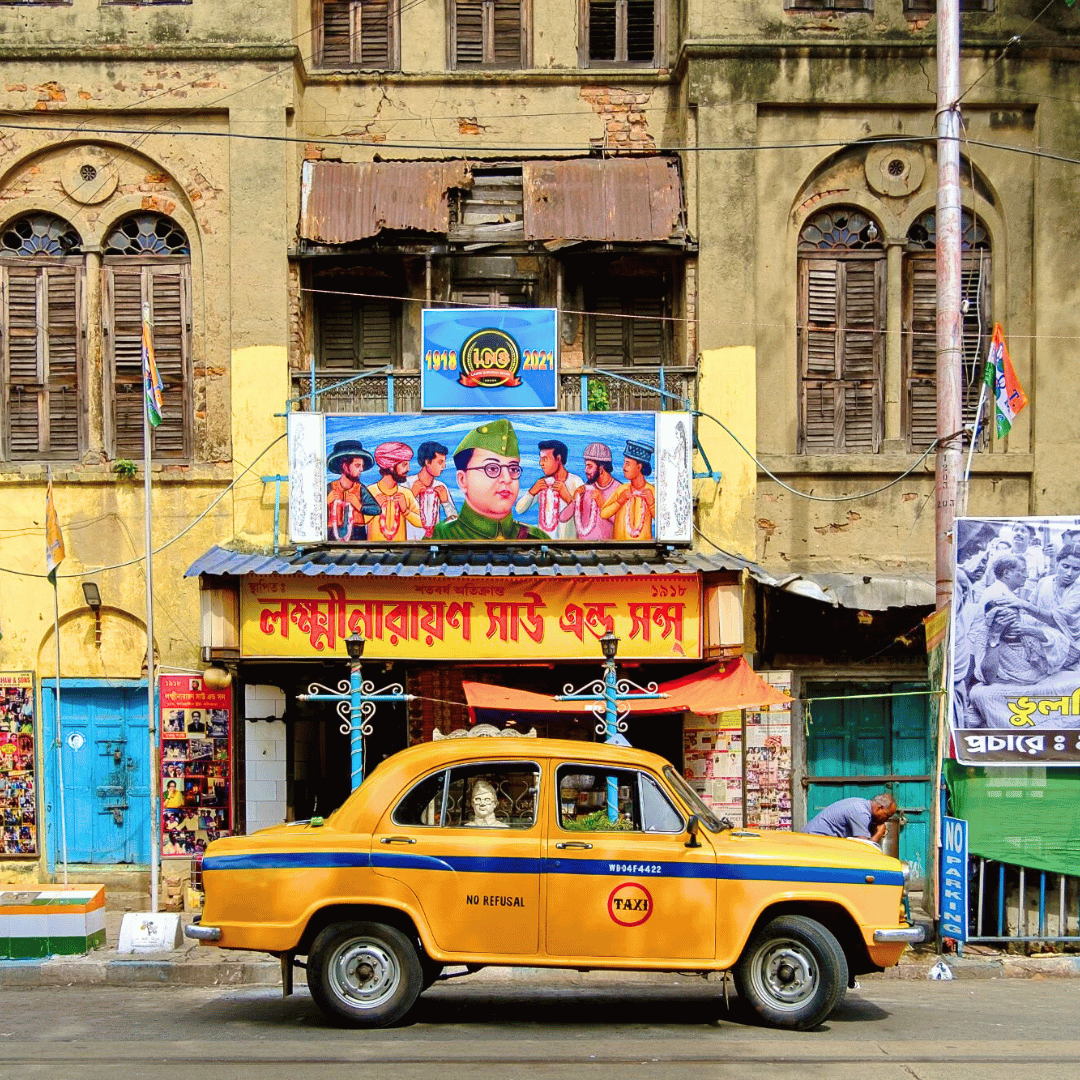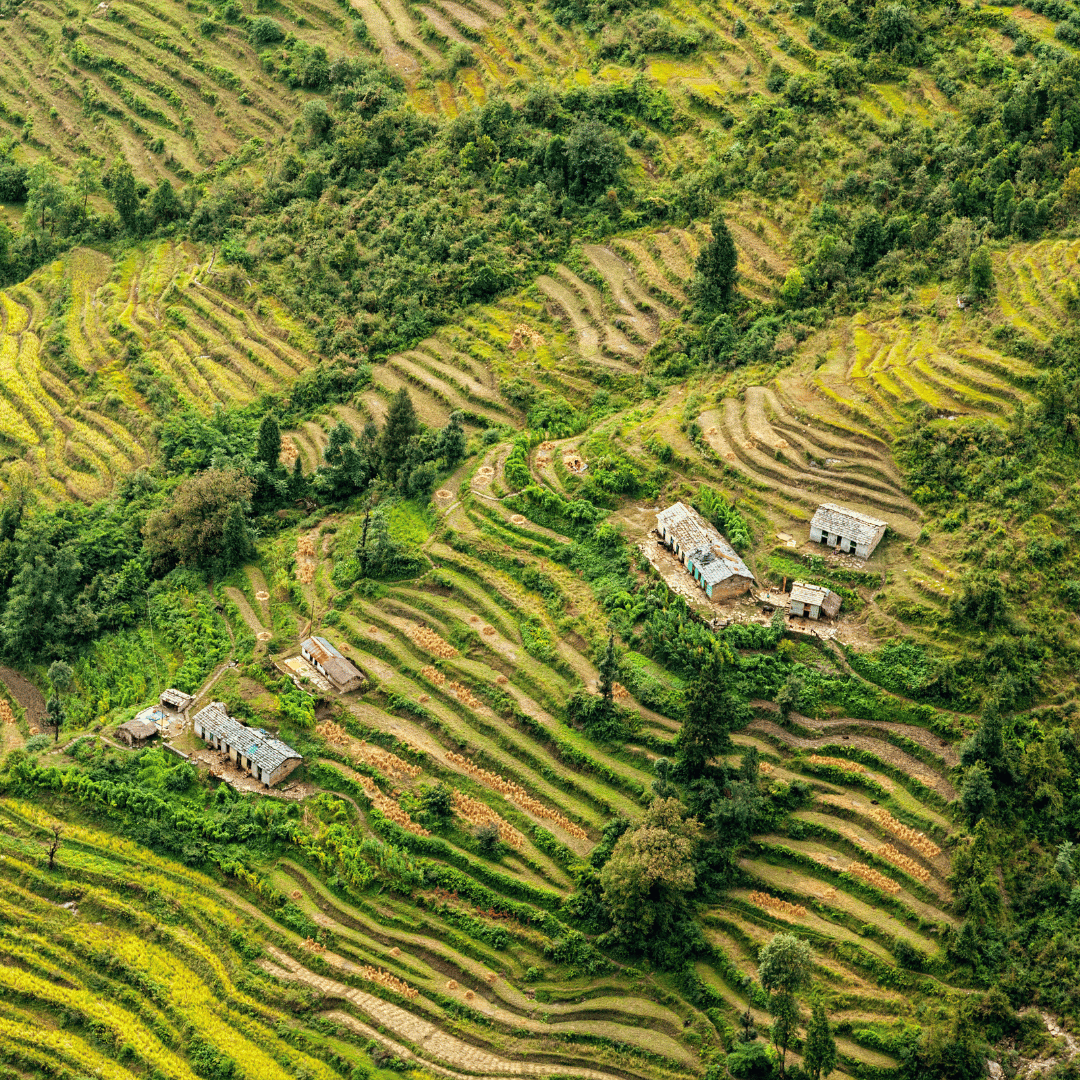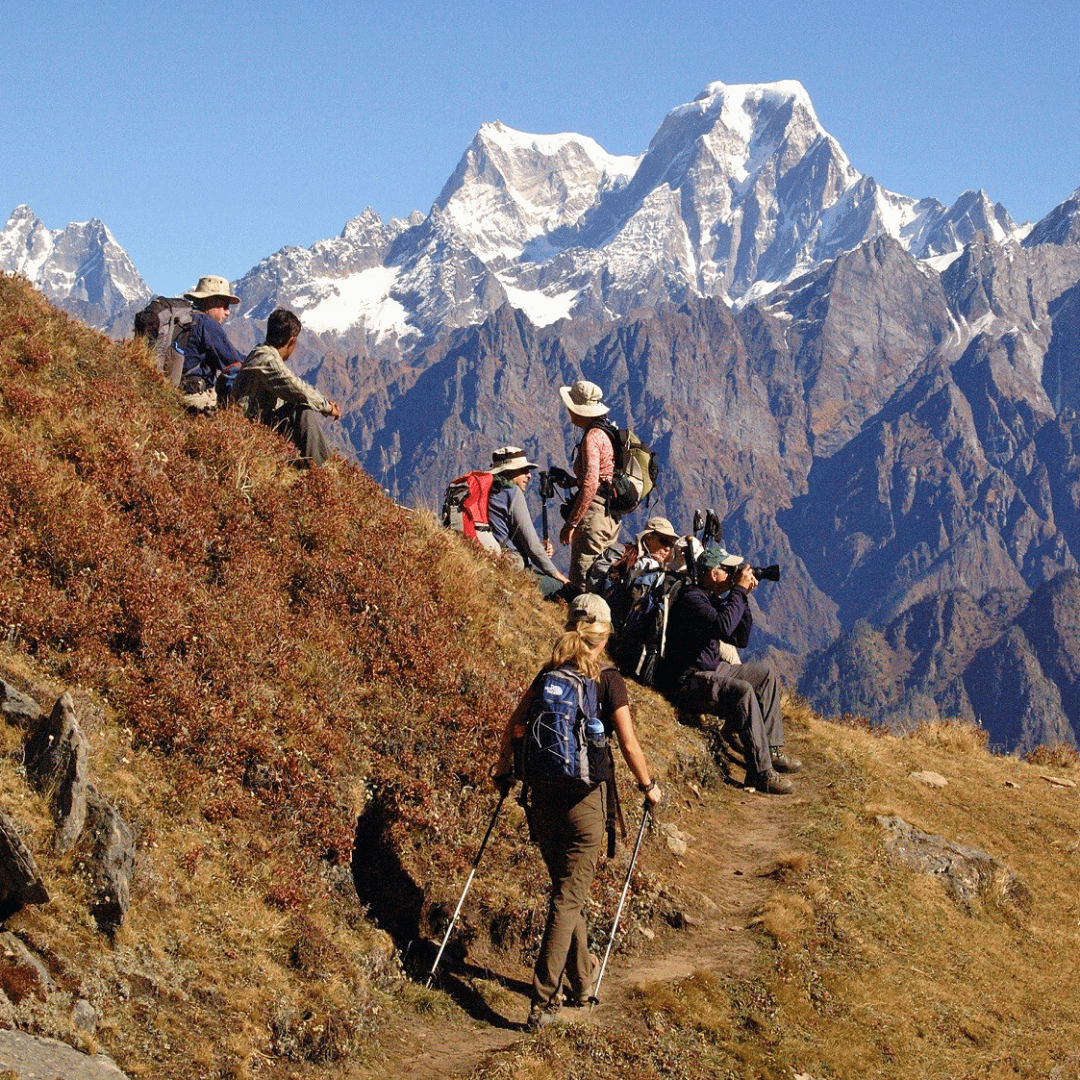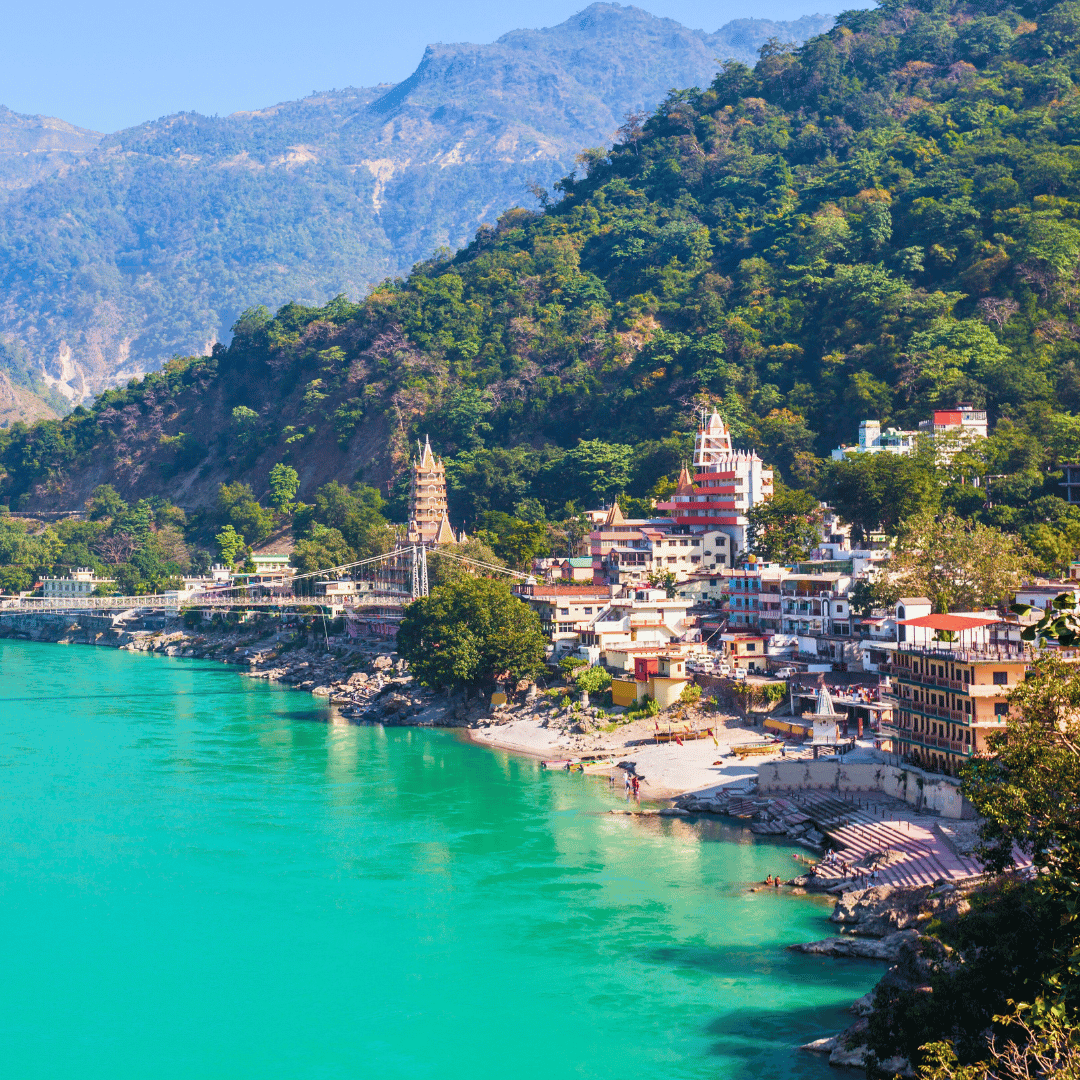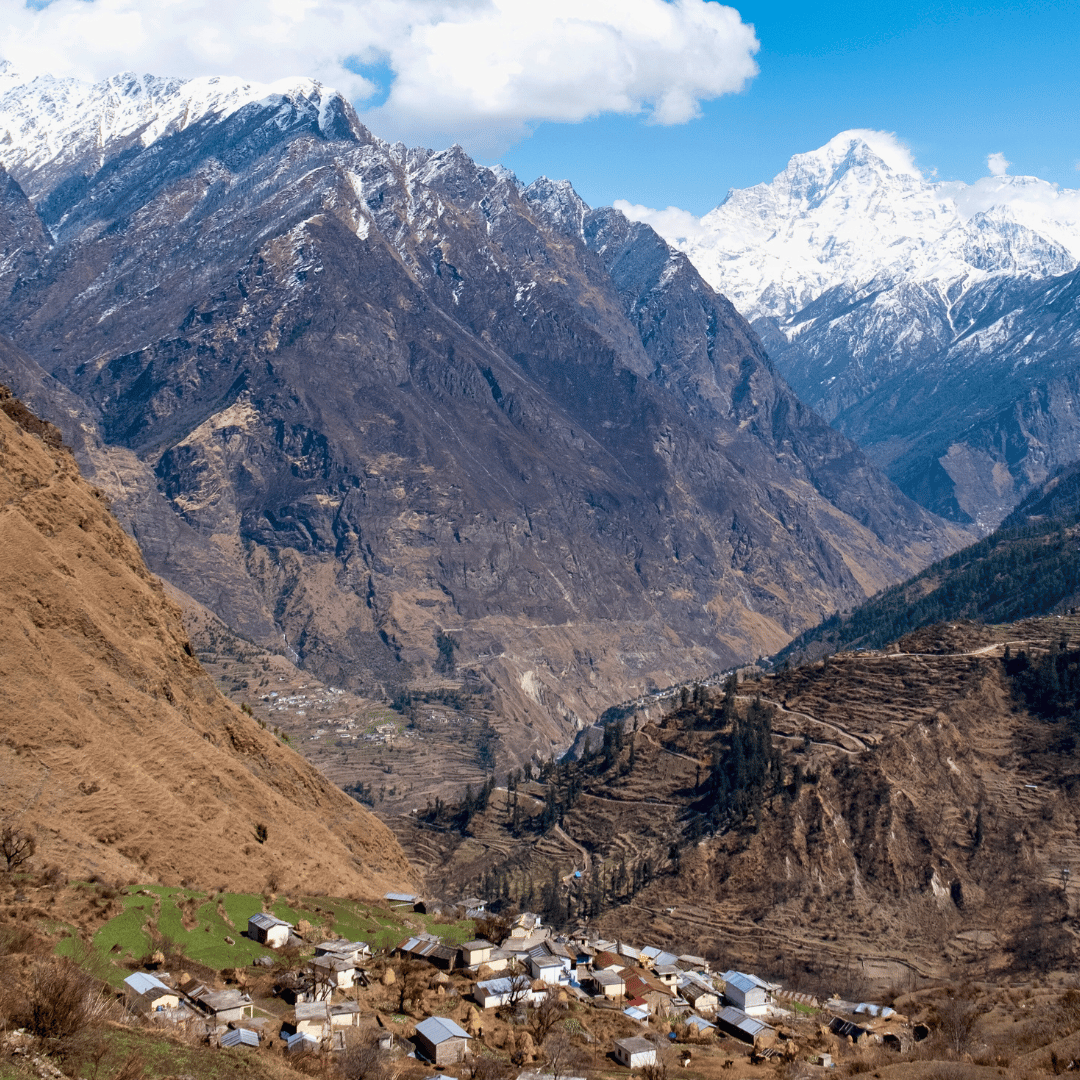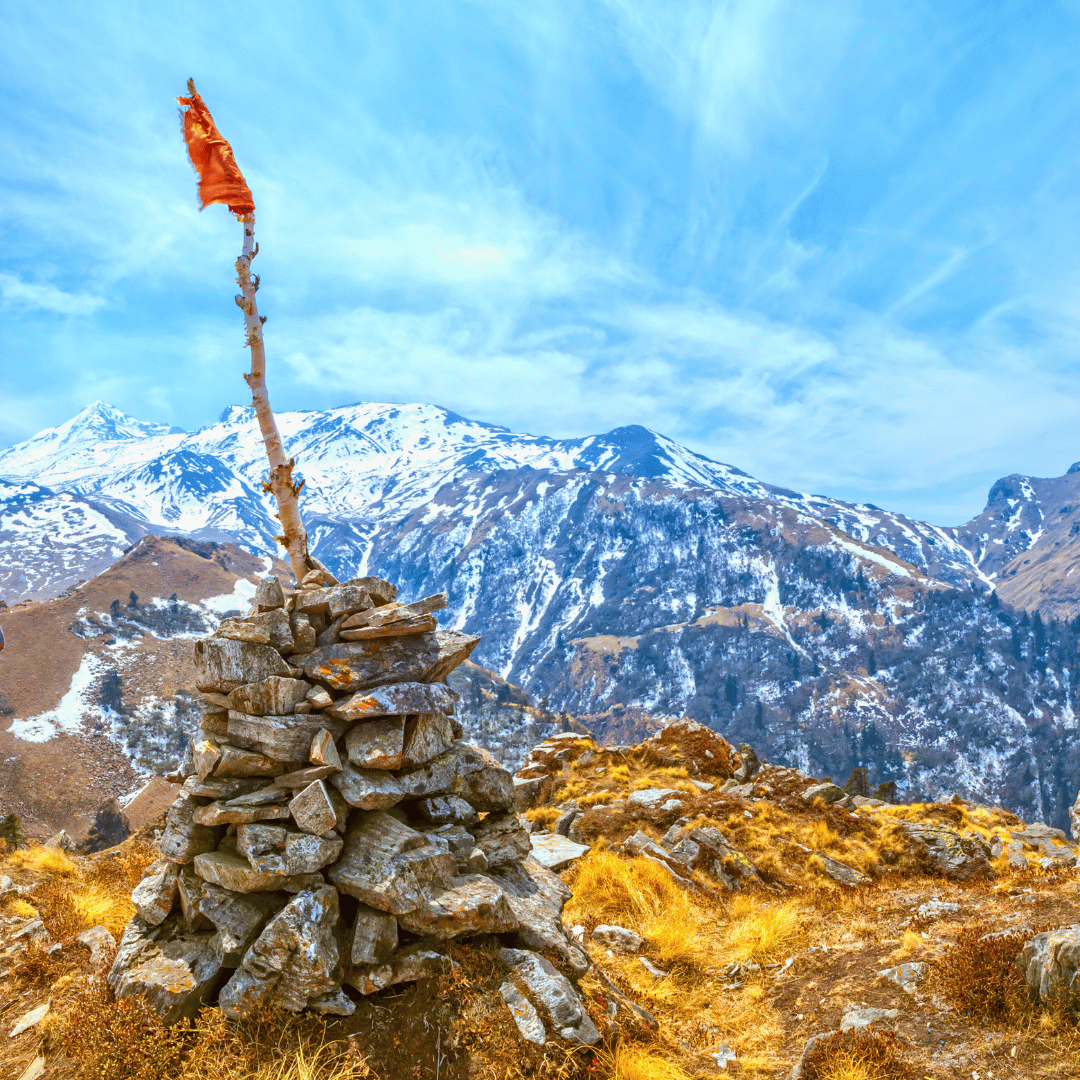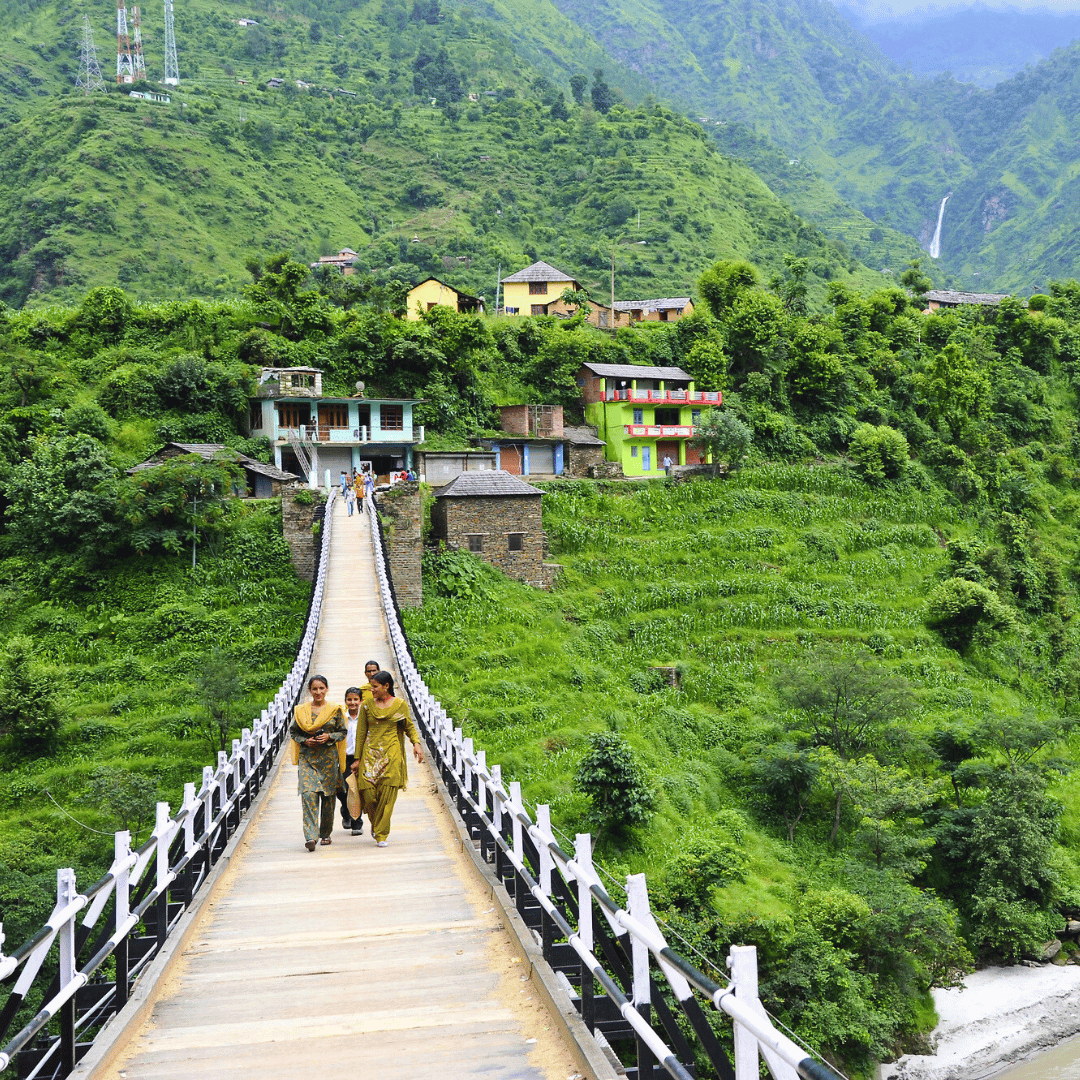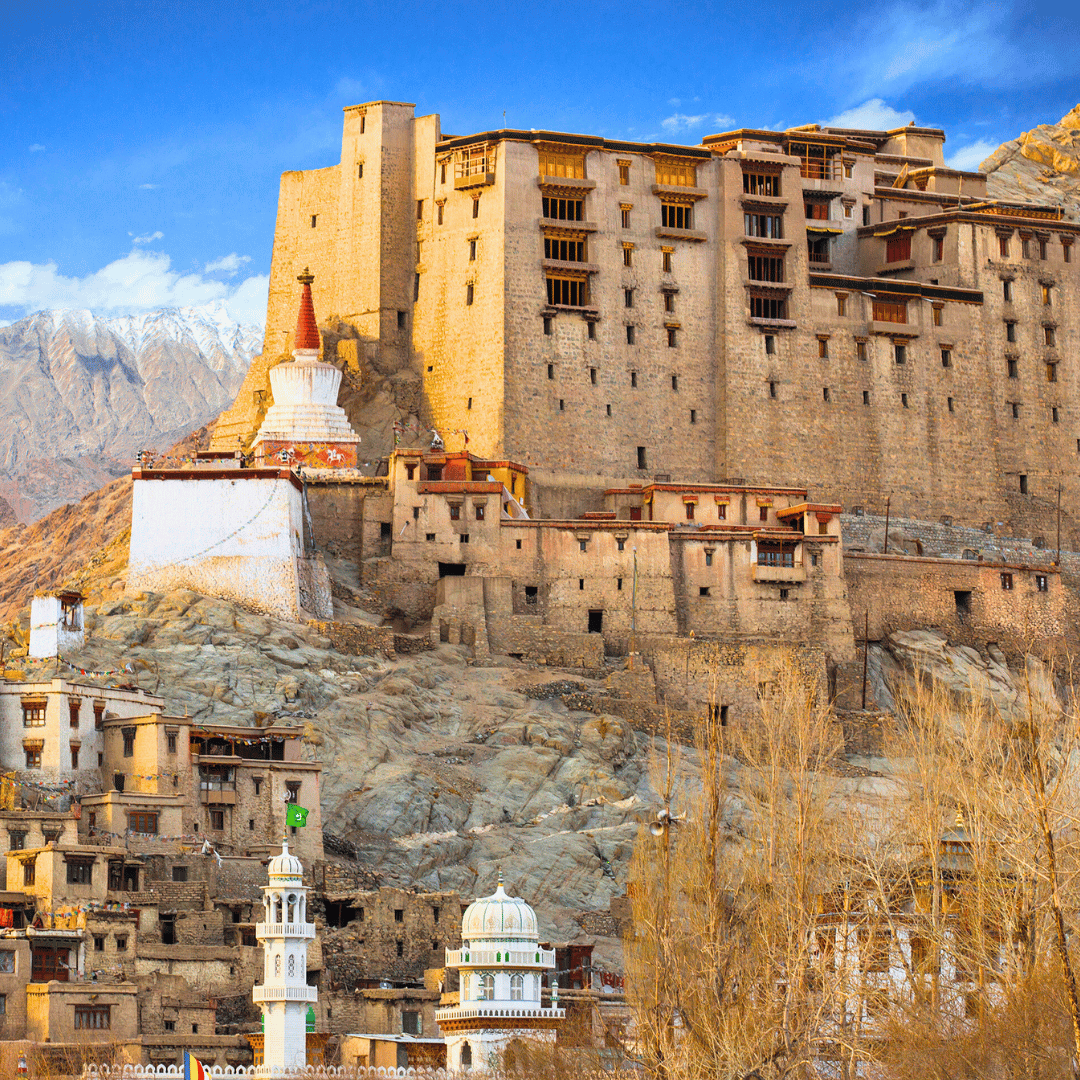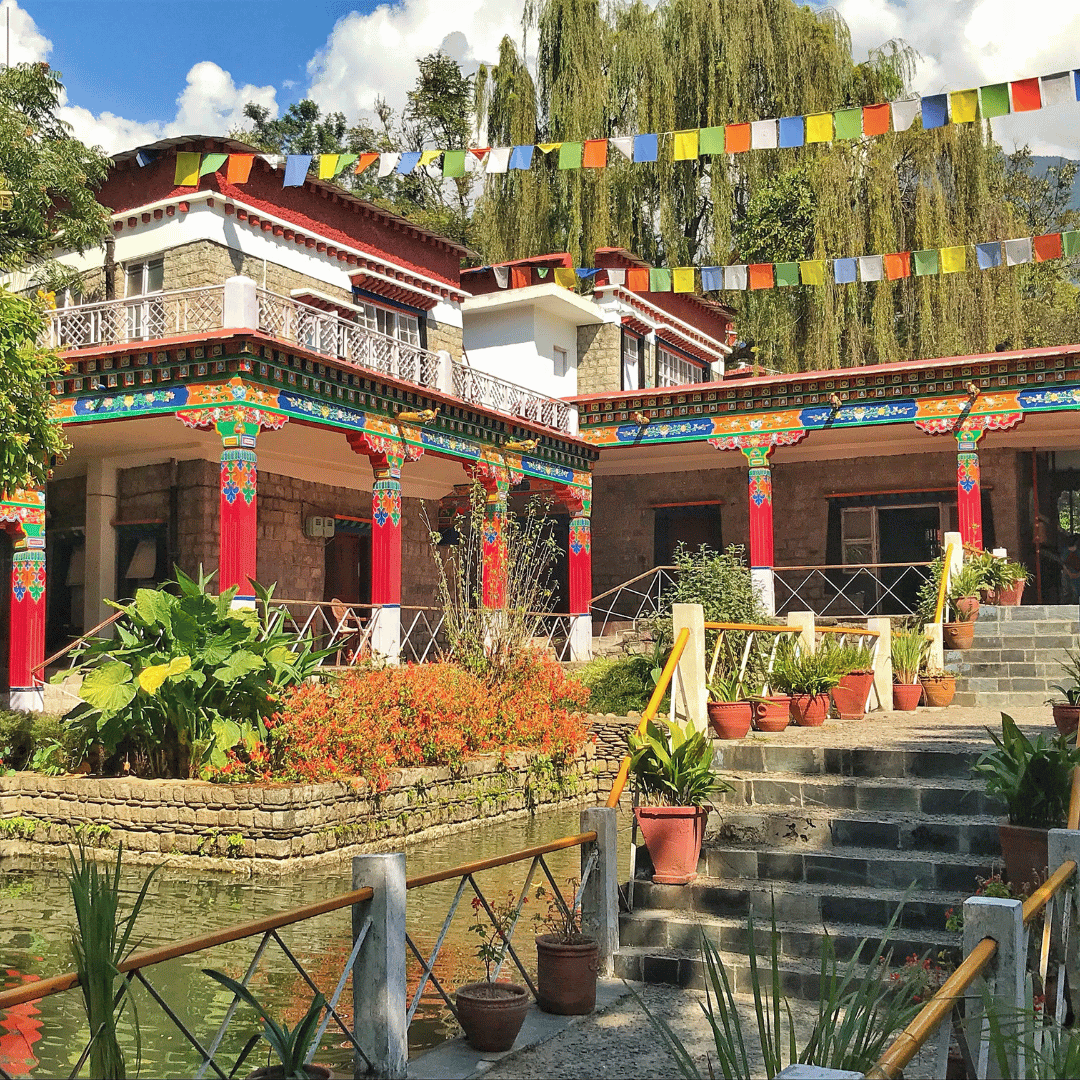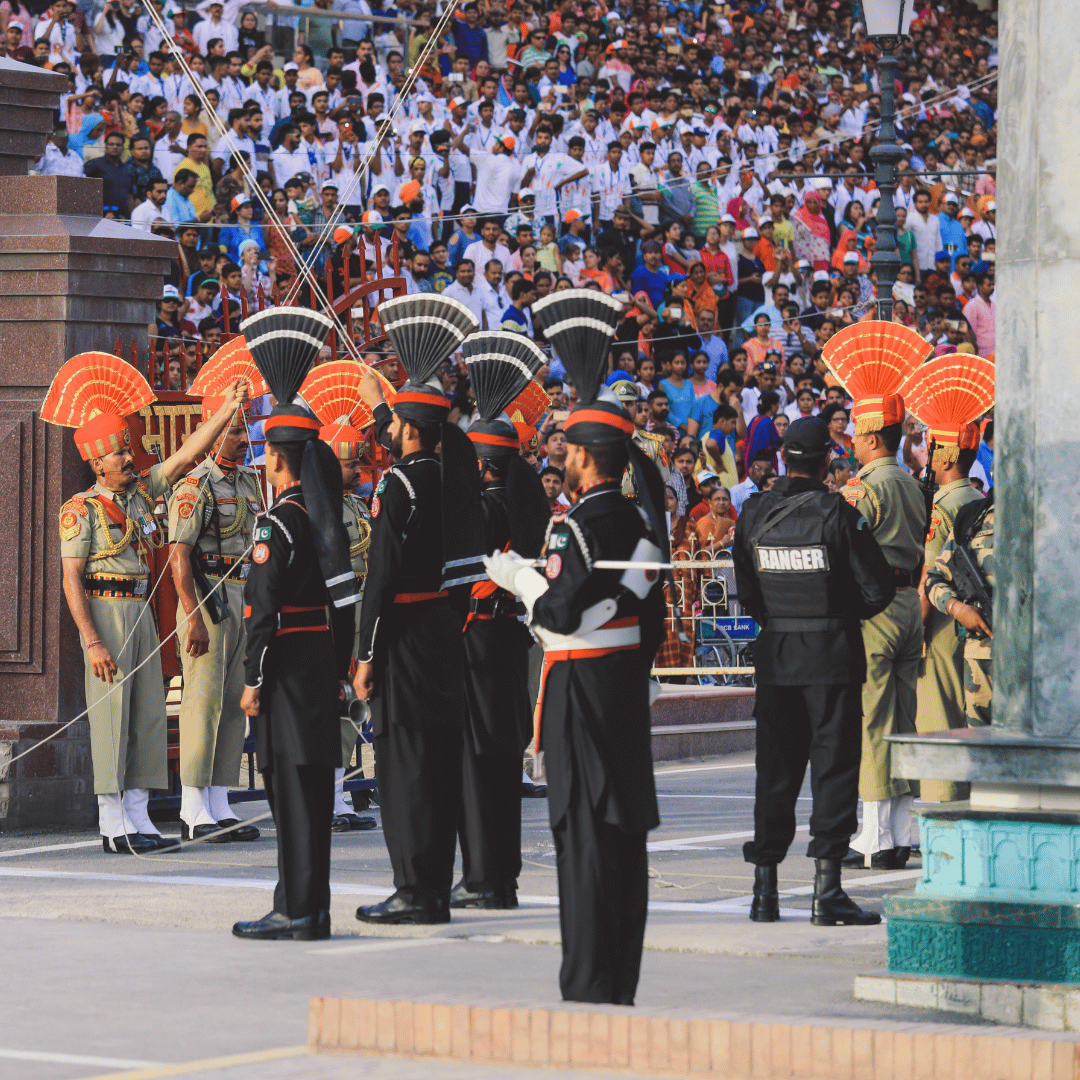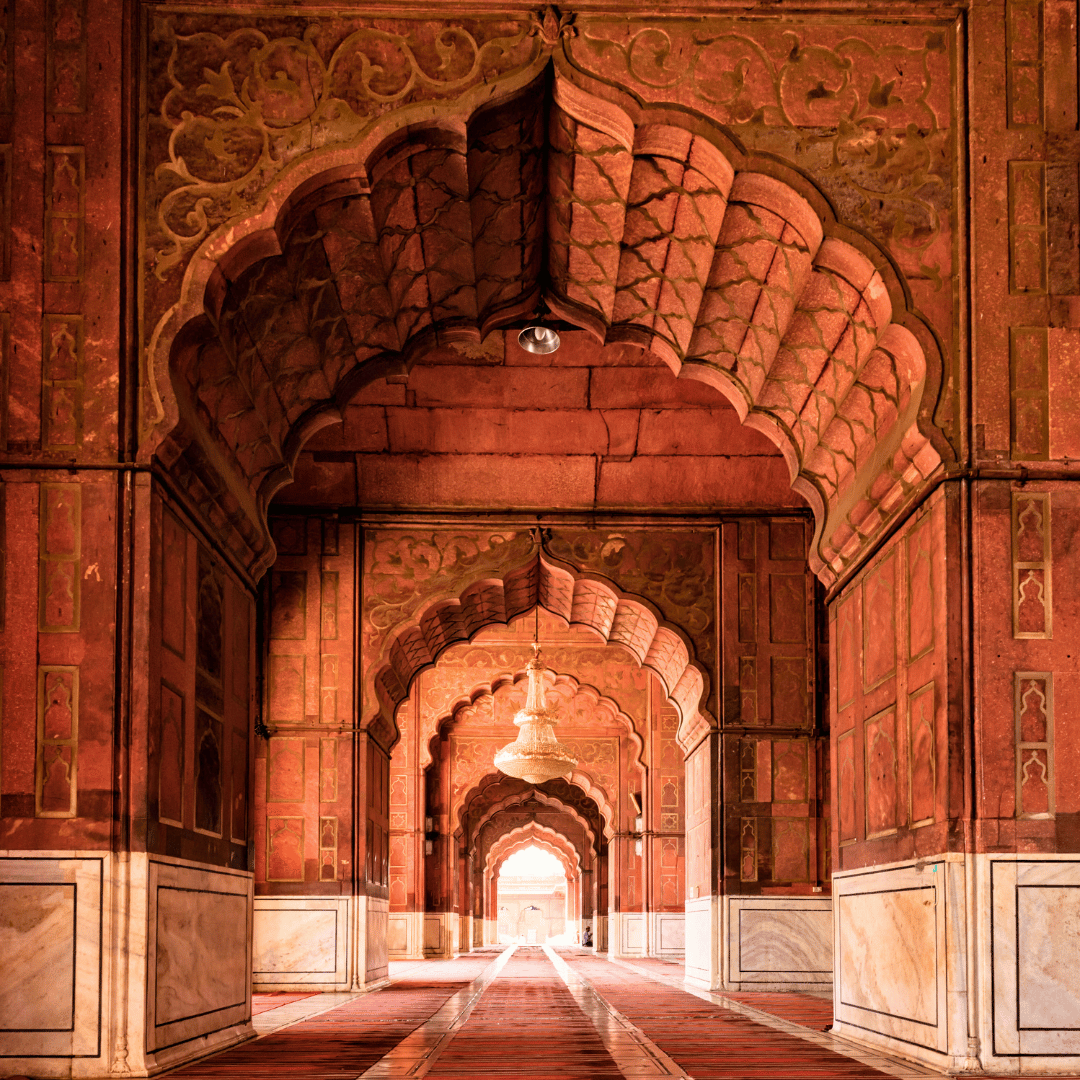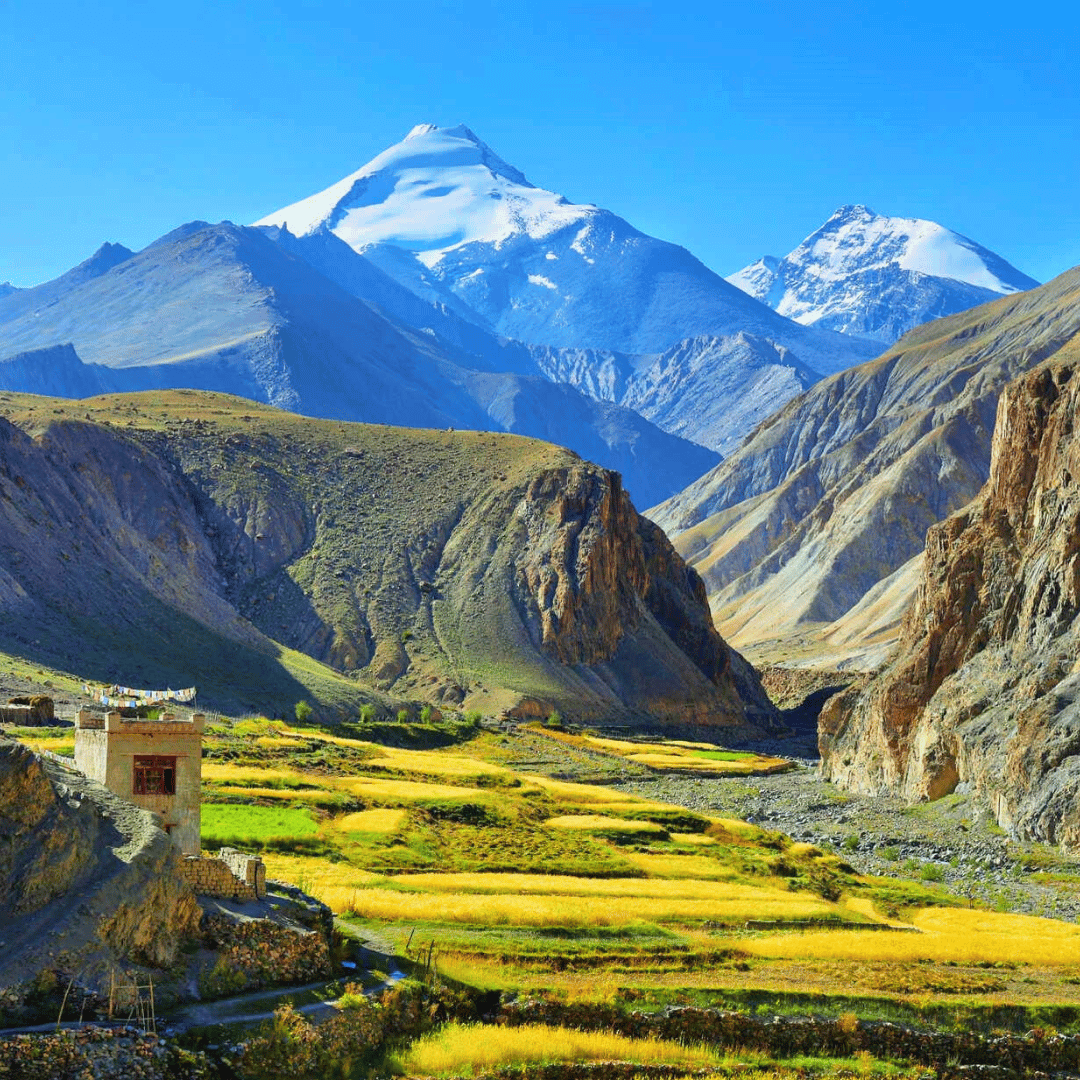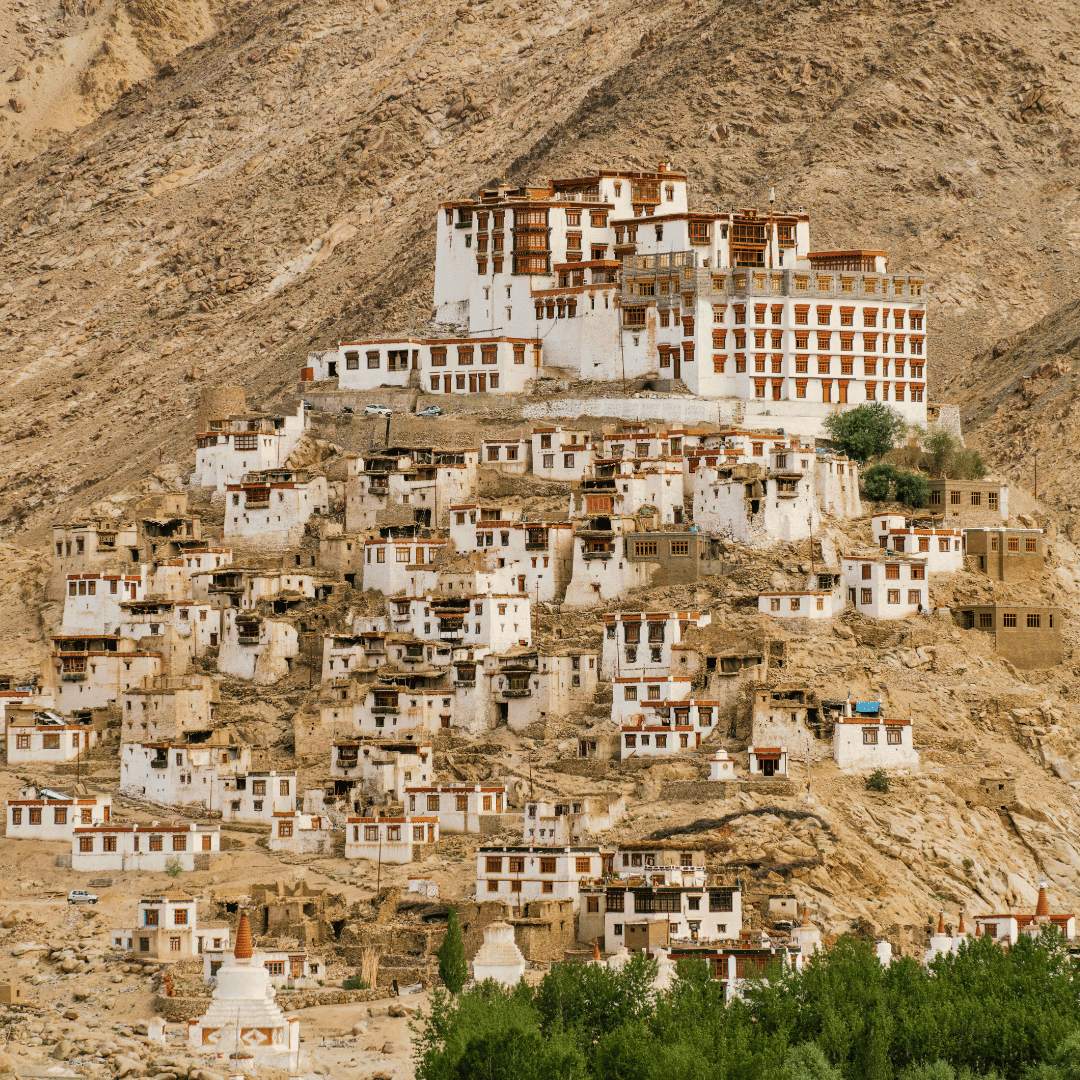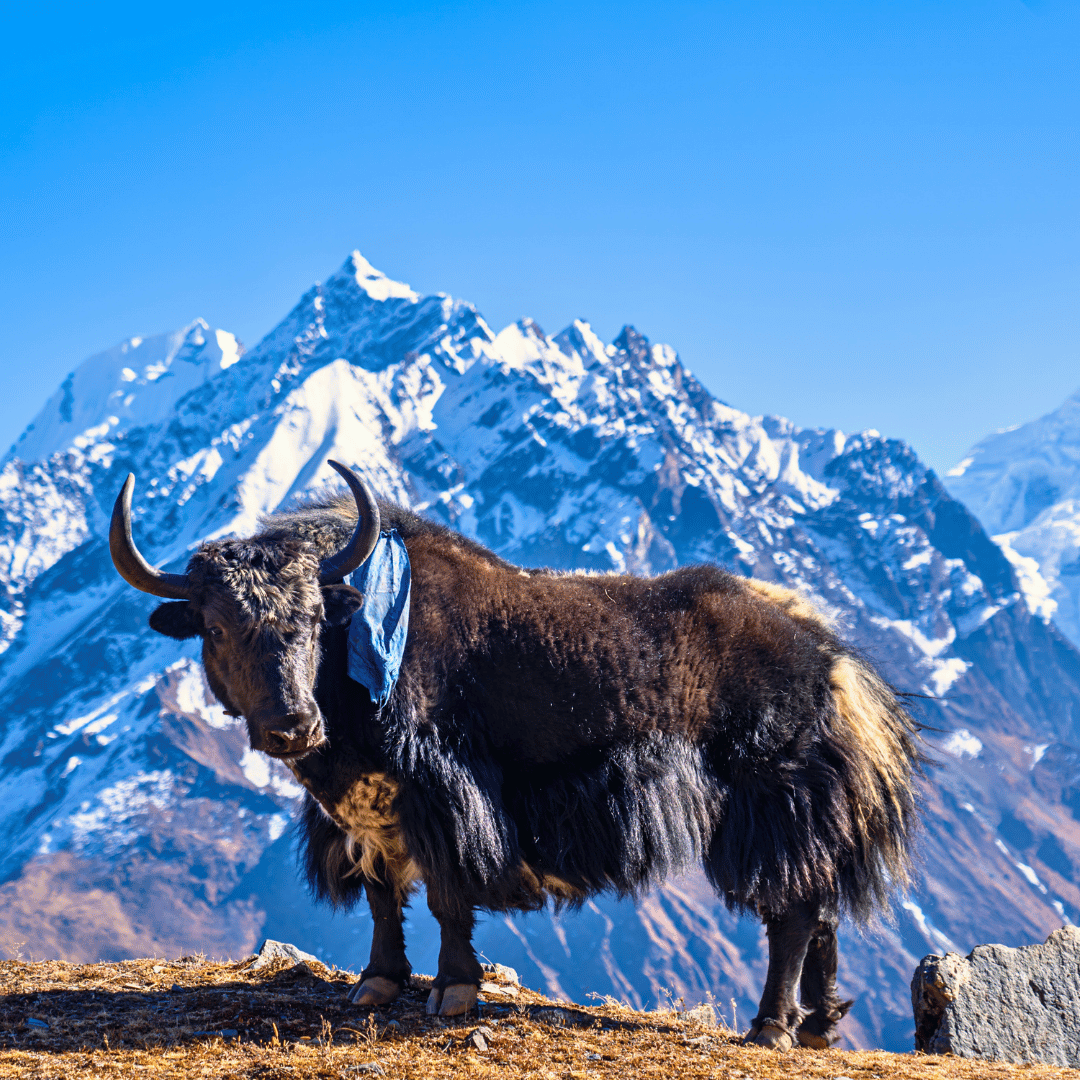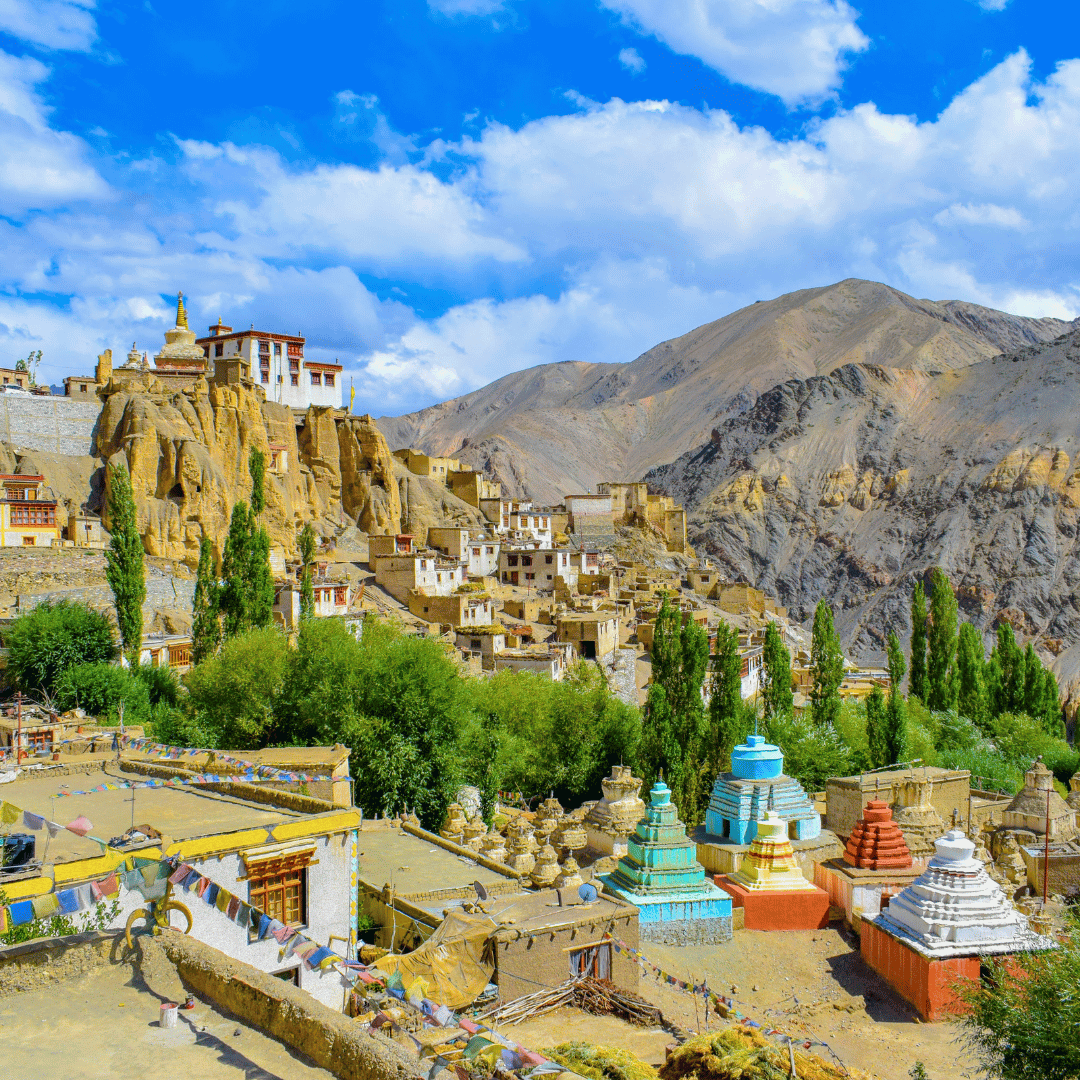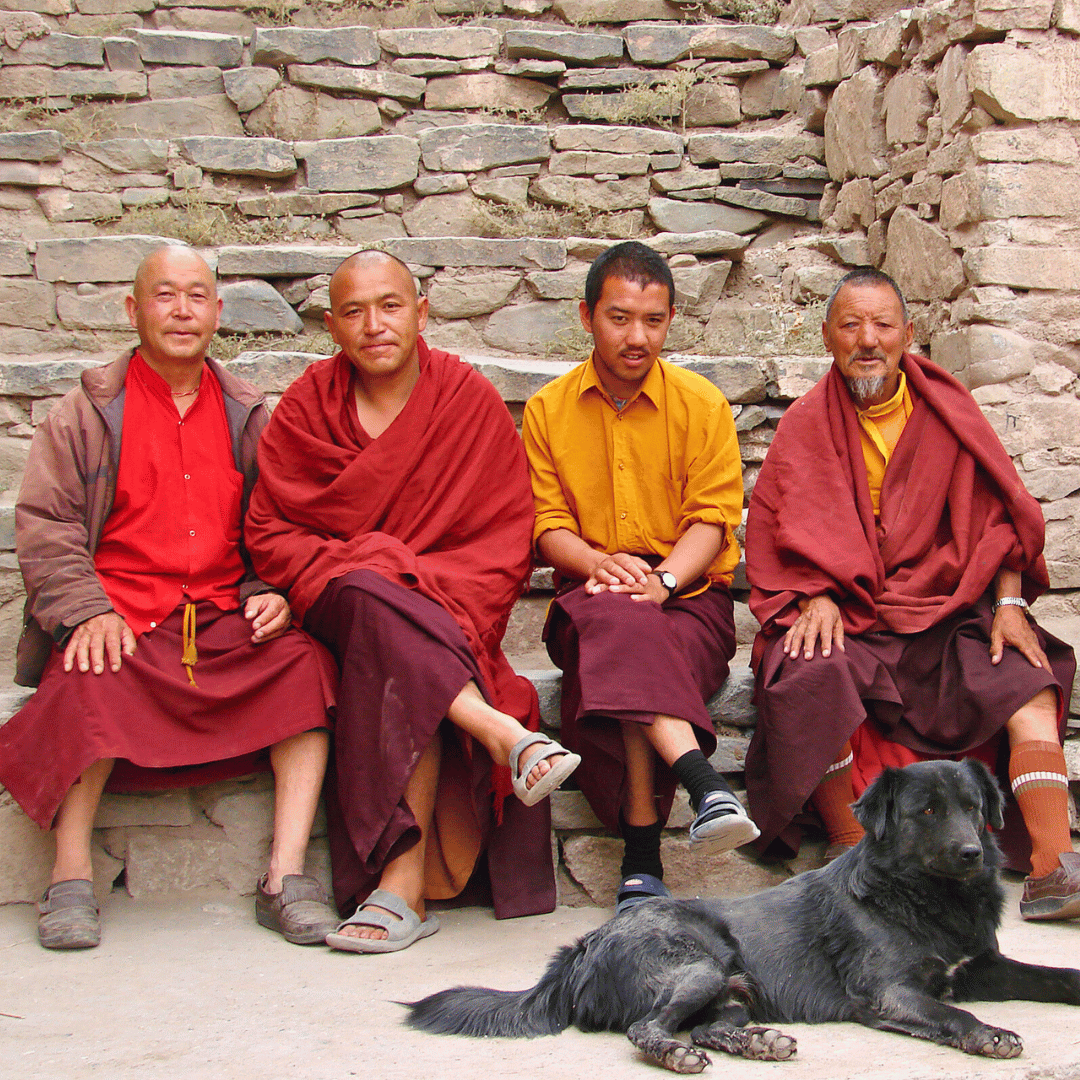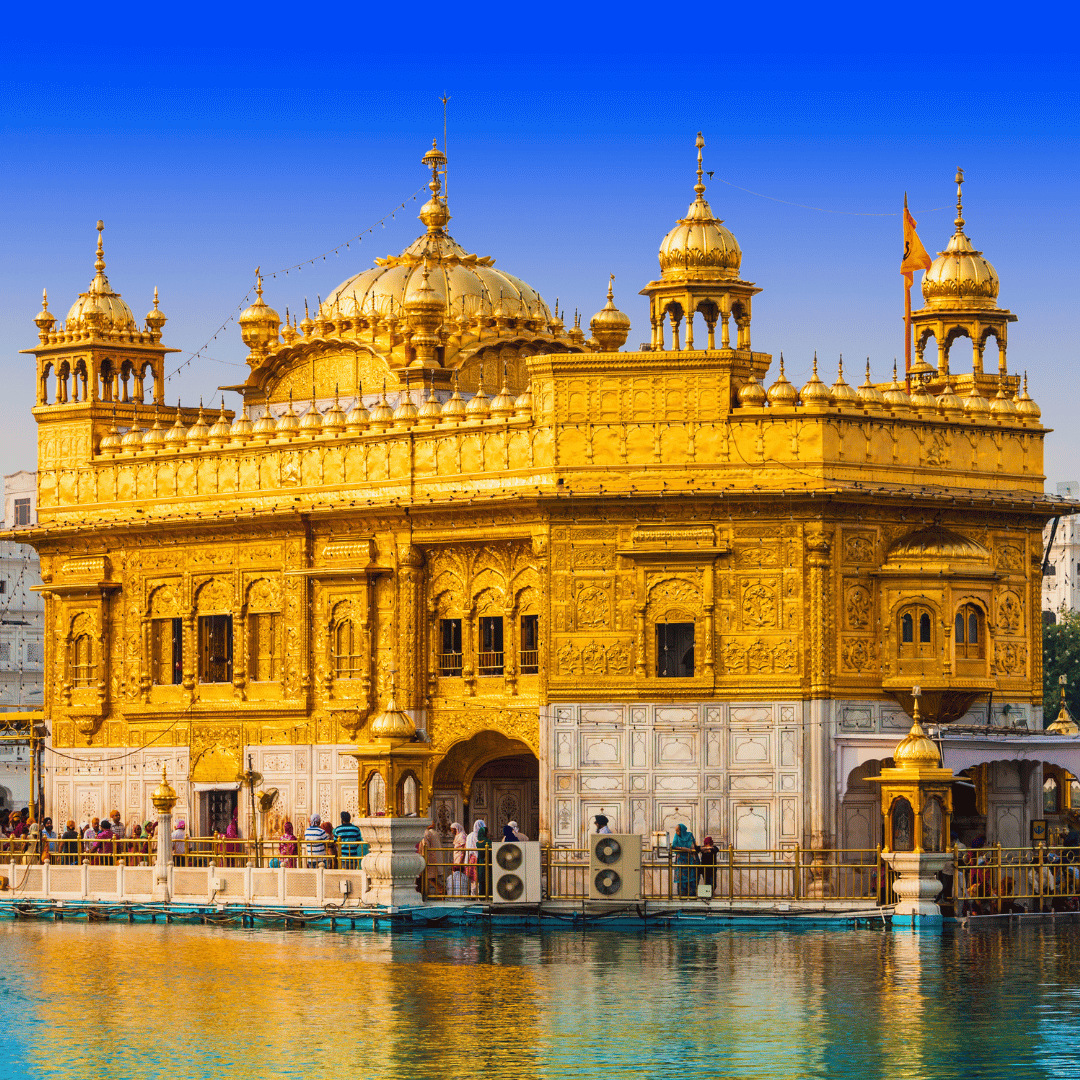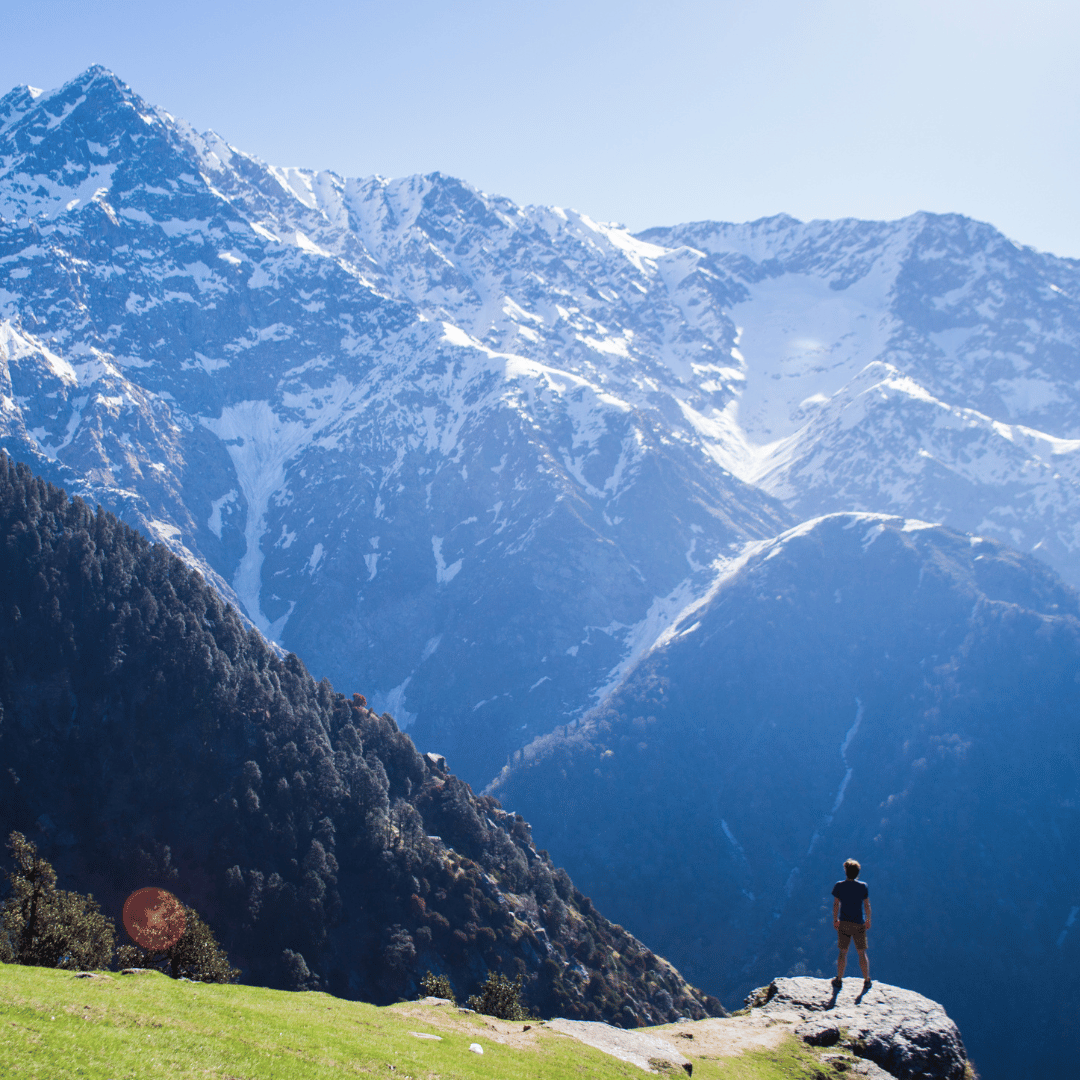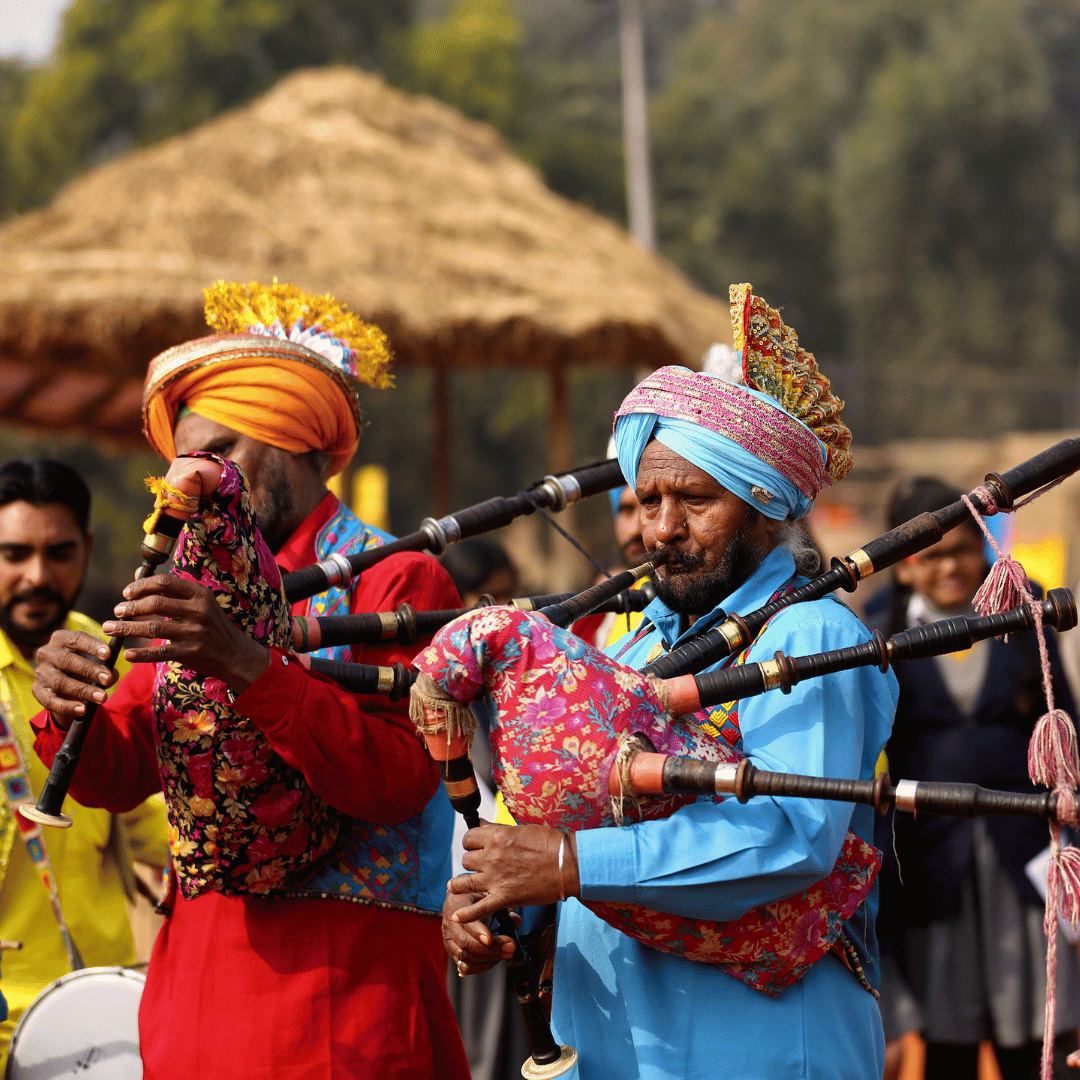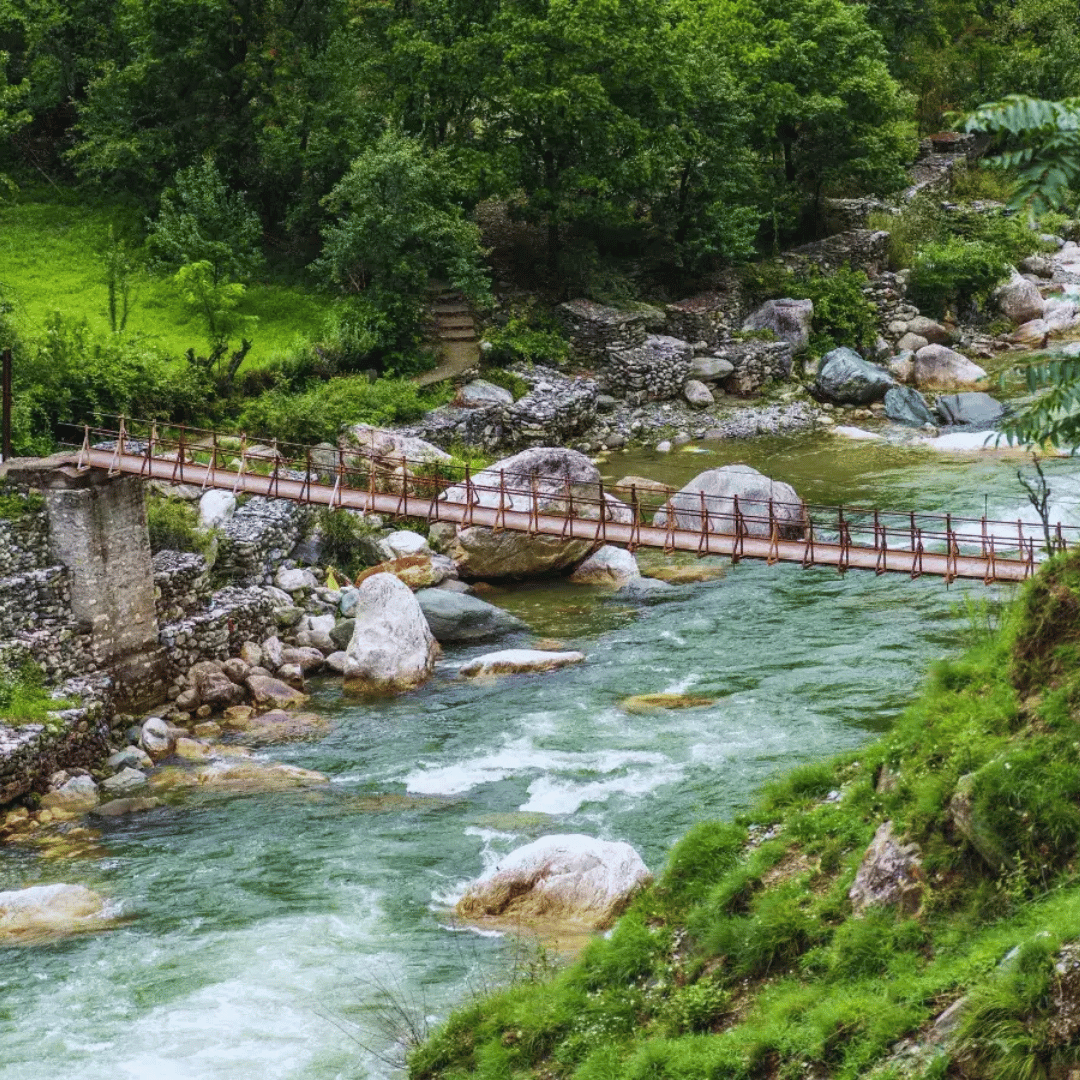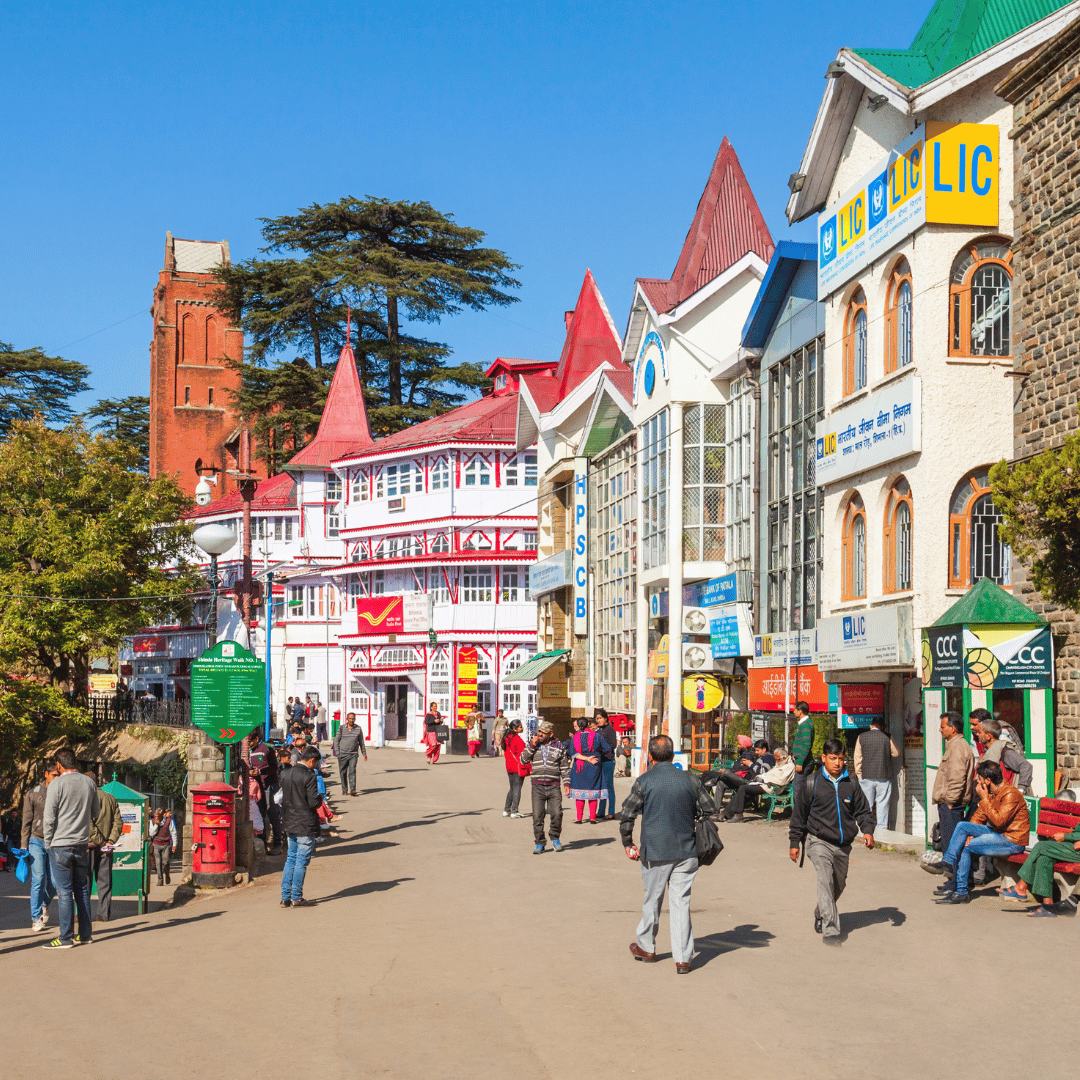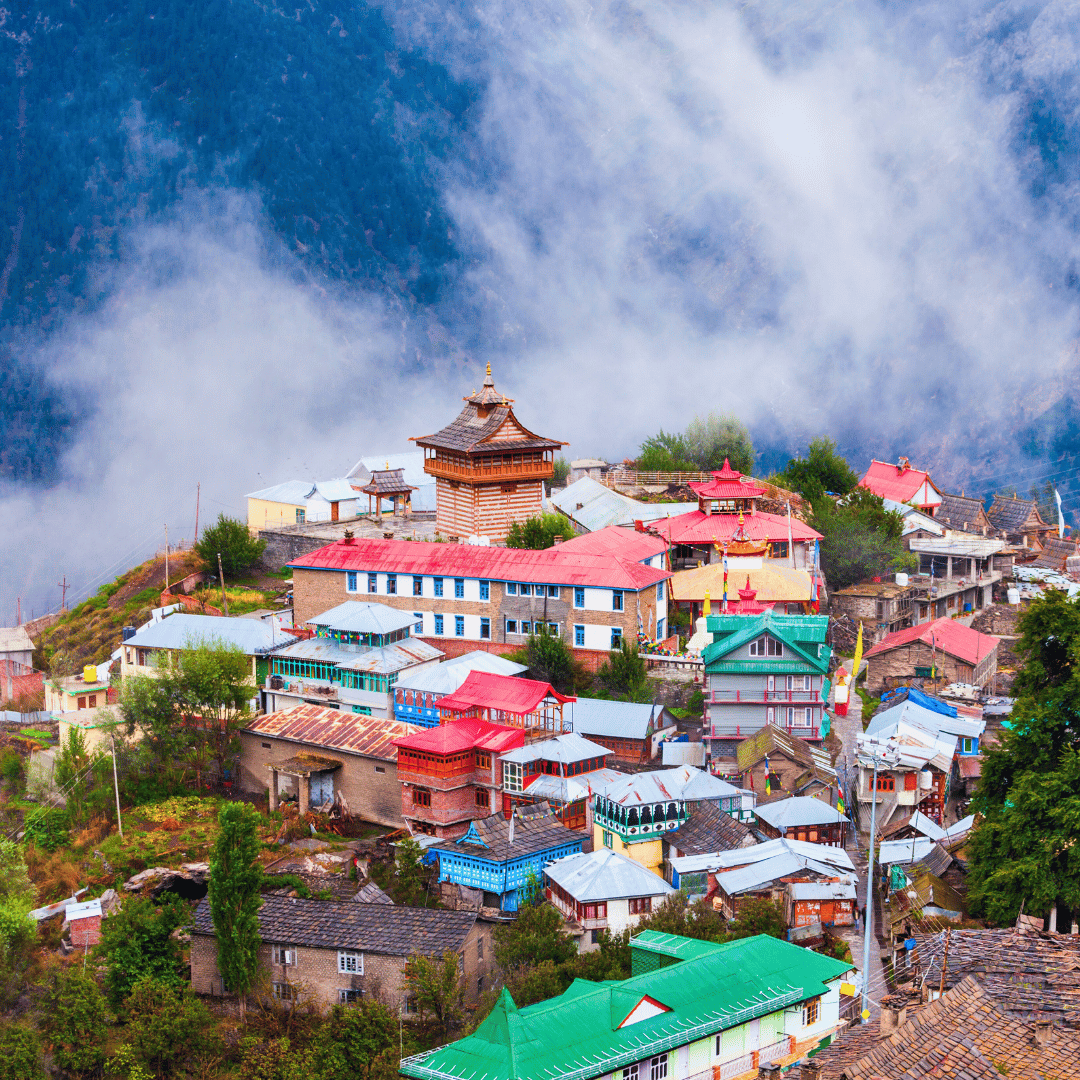Uttarakhand Tour Itinerary
-
Welcome to India. Arrive in Delhi, where you will be met on arrival and transferred to your hotel for check in. The rest of the day is at ease to recover from the journey or begin to get a feel for the city at your own pace.
If you prefer to rest, you may simply relax at the hotel or take a short walk in the surrounding neighbourhood to observe daily life. Delhi is immediately alive with colour, movement and small details, even just outside your door.
For those who would like to explore lightly, a gentle outing to nearby markets or a local cafe can be arranged, or a short escorted drive through central Delhi to see landmark buildings such as India Gate and the presidential residence from the outside without any walking required.
This first day has been kept deliberately flexible, allowing you to settle in comfortably while still offering the option to begin absorbing the atmosphere of India if you feel ready.
-
Depart Delhi this morning for the drive to Haridwar, a journey of around five to six hours depending on road conditions. On arrival you will check in and have time to rest briefly or take in your immediate surroundings. The atmosphere begins to shift noticeably here as the plains give way to the spiritual character of Uttarakhand.
Haridwar stands on the banks of the Ganges and is among the most important pilgrimage cities in India. Its name translates to Gateway to God and for centuries it has drawn devotees who come to pray, bathe in the river and participate in daily ritual along the ghats. It is also one of the principal sites for the Kumbh Mela, one of the largest religious gatherings in the world.
In the early evening make your way to Har Ki Pauri, the city’s most revered ghat, to witness the Ganga Aarti. This is a deeply atmospheric ceremony in which priests offer fire and chant to the river as pilgrims gather to observe and light small lamps that float across the water. The sound, movement and devotion of the ceremony make it a compelling first experience of Uttarakhand.
After the ceremony you may return directly to your hotel or take a short walk along the riverfront to observe the activity in the markets and narrow lanes as the city transitions into night. Haridwar is most alive in these moments when faith and daily life move together in a way unique to this sacred town.
-
Begin the morning with a guided exploration of Haridwar, starting at the river ghats where daily life begins early. You will observe pilgrims bathing in the Ganges at sunrise, priests conducting ritual prayers and families performing ancestral offerings at the water’s edge. Your guide will explain the significance of these rituals and why Haridwar is considered one of the holiest entry points to the sacred river.
Continue through the inner lanes of the old city where shrines, ashrams and small community temples are woven into the daily life of residents. This part of Haridwar reflects its deep spiritual identity beyond the main ghats, where faith is practiced quietly through routine and tradition rather than ceremony. The contrast between public devotion and everyday religious rhythm is significant to understanding the city.
Your walk will then lead into Moti Bazaar, one of Haridwar’s oldest and most characteristic markets. The narrow lanes are lined with shops selling prayer beads, brass utensils, sandalwood paste, Ayurvedic medicines and small religious icons used in ceremonial worship. The activity here is constant and layered, offering insight into the practical side of pilgrimage and life in a sacred town.
As you explore the market with your guide, you will have the opportunity to sample local snacks from trusted vendors. Typical specialities include aloo puri served fresh from street side kitchens, stuffed kachori, hot jalebi cooked in ghee and sweet malai lassi. These foods are not merely treats but part of the region’s pilgrimage tradition, sustaining travellers who arrive from every part of India.
The afternoon is left open for you to continue exploring independently, return to the riverfront to observe afternoon rituals or rest at your hotel. Haridwar rewards both active curiosity and quiet observation, making this time flexible based on your preference for engagement or recovery.
-
After a leisurely breakfast you will drive to Rishikesh, a journey of approximately one and a half to two hours depending on traffic and road conditions. On arrival you will check in and have time to settle or rest before exploring at an unhurried pace later in the day. The change in atmosphere from Haridwar is noticeable as the landscape begins to open toward the Himalayan foothills.
Rishikesh holds a different spiritual energy to Haridwar. While Haridwar is rooted in ritual and pilgrimage tradition, Rishikesh has long been a centre for yoga, meditation and spiritual study. Its setting beside the upper Ganges, surrounded by forested hills and ashrams, has drawn seekers and teachers from around the world since well before its modern fame.
The town gained international attention in the late nineteen sixties when The Beatles stayed at the ashram of Maharishi Mahesh Yogi, but its deeper legacy lies in the number of traditional yoga schools and spiritual centres that have existed here for generations. The rhythm of life moves more slowly and reflectively, with emphasis on learning, retreat and inward observation rather than ritual spectacle.
If you wish to explore lightly before dinner, a gentle walk can be taken across one of the suspension bridges such as Ram Jhula or Lakshman Jhula. These crossings offer open river views and a chance to observe daily life along the banks, from people bathing or praying to small ashrams and tea stalls tucked into the hillside paths.
In the evening you may choose to walk along the river ghats, visit local cafes and bookstores or simply observe the flow of people arriving for evening prayer and informal gatherings. The atmosphere becomes especially calm at dusk, when the light softens over the river and the sounds of music and chant drift quietly from nearby ashrams.
-
Begin the day with a guided exploration of Rishikesh, focusing on its most significant river crossings and spiritual landmarks. Your walk will include visits to Ram Jhula and Lakshman Jhula, two well known suspension bridges that span the upper Ganges and connect the main ashram areas of the town. These crossings are not only practical routes but important vantage points from which to observe daily life along the river.
Ram Jhula connects the area of Tapovan with Swarg Ashram, a spiritual district with numerous temples, ashrams and learning centres. Walking slowly across the bridge offers uninterrupted views of the river and surrounding hills, as well as a chance to see sadhus, pilgrims and locals moving between the ashrams. The bridge is a central artery of Rishikesh and reflects the rhythm of life in the town.
Lakshman Jhula, long associated with the legend of Lord Lakshmana crossing the river on a rope bridge, sits slightly upstream and offers a more traditional setting. Although currently under repair, it may be viewed from the riverbank or accessed by short boat ride. The surrounding eastern bank is lined with simple eateries, temples, small shops and ashrams where everyday activity unfolds at a steady and unhurried pace.
Continue to the site known as the Beatles Ashram, formally called Chaurasi Kutia. Abandoned for many years and partially reclaimed by nature, the complex consists of meditation caves and old structures built to train students in transcendental meditation. The ashram is now open to the public and is known both for its historical cultural relevance and for the large scale murals painted by contemporary artists on the weathered walls.
The afternoon is at leisure for you to explore independently. You may return to the ghats, visit local cafes or attend a yoga or music session at one of the nearby ashrams. Rishikesh is a town best absorbed gently, through observation and slow immersion rather than structured sightseeing.
-
Depart Rishikesh this morning for the drive to Corbett National Park, a journey of approximately four to five hours depending on road conditions. On arrival you will check in to your forest lodge and have the remainder of the day at ease to rest or begin absorbing the natural surroundings. The transition from spiritual foothill towns to dense forest is immediately felt in the change of light, sound and air.
Established in 1936, Corbett National Park is India’s oldest wildlife sanctuary and one of the country’s most important conservation landscapes. It lies within the sub Himalayan belt, where river plains, grasslands and sal forests support rich biodiversity. The park is home to more than six hundred species of birds and a wide range of mammals including elephants, leopards and spotted deer.
Corbett holds particular significance as a major habitat for the Bengal tiger. Although sightings can never be guaranteed, the experience of being within this protected environment offers a deeper appreciation of India’s conservation efforts and the complexity of the forest ecosystem. The sound of bird calls and flowing river channels gives the park a distinctive atmosphere unlike any other environment on this journey.
The rest of the afternoon is intentionally kept unstructured. You may choose to relax at the lodge, take a short nature walk nearby or sit quietly to observe the forest as dusk approaches. Being present in this landscape is part of the experience, as the park shifts naturally into evening with little interruption from the outside world.
-
Today is dedicated to exploring Corbett National Park with morning and afternoon jeep safaris accompanied by an expert naturalist. The early departure allows you to enter the forest at first light, when the park is most active and the chances of wildlife sightings are highest. The experience is as much about atmosphere as it is about sighting specific animals.
During the safari you may encounter herds of spotted deer, elephant families moving through the grasslands, crocodiles along the riverbanks and a remarkable diversity of birdlife. More than six hundred species have been recorded in the park, making it one of India’s richest regions for bird watching. The naturalist will help interpret animal behaviour and the changing landscapes as you move between different forest zones.
After returning to the lodge for lunch and time to rest, the afternoon safari offers a different perspective as light begins to soften and activity shifts again. Even without a tiger sighting, there is a strong sense of anticipation in observing fresh tracks, listening for alarm calls and understanding the subtle language of the forest. Photography enthusiasts will appreciate the quality of light and the variety of natural settings.
If you prefer not to join both safaris, the lodge may arrange a gentle walk along the forest periphery, time for bird watching from the property or a visit to a nearby village for those interested in understanding local life around the park. The day is flexible to ensure the experience matches your pace and level of interest.
-
After a leisurely breakfast you will drive to Nainital, a journey of approximately four hours as the road begins to climb steadily into the Kumaon hills. On arrival you will check in and have the remainder of the day at ease to settle in and adjust to the cooler mountain air. The shift from forest to lake town marks another distinct change in landscape and rhythm.
Nainital is one of Uttarakhand’s best known hill stations, set around a natural lake believed to have ancient mythological significance. Established during the British era, the town still retains traces of its colonial past in its old churches, boarding schools and heritage buildings that overlook the lake and town centre. It remains a favoured retreat for both local families and visitors from across India.
The heart of Nainital is Naini Lake where boating is a popular and gentle way to experience the setting. The Mall Road along the lakeside is lined with cafes, small shops and local sweet stalls, making it ideal for an easy evening walk without needing a structured plan. The atmosphere is lively but not hurried, especially as the light begins to soften toward late afternoon.
If you wish to explore further, short drives or walks can be arranged to viewpoints such as Snow View or Tiffin Top which offer wide views of the surrounding Himalayan ranges on a clear day. Alternatively, you may simply prefer to observe the activity around the lake and experience the town at its natural pace.
-
This morning you will explore Nainital with a local guide, beginning with a visit to Naina Devi Temple which overlooks the lake and is considered one of the town’s most important places of worship. The walk provides insight into the religious and cultural significance of the town beyond its recreational appeal. Your guide will also share how Nainital evolved during the British period and why it remains an important centre for education and retreat.
You may then visit landmarks such as the historic Governor’s House and St John in the Wilderness Church, set among tall deodar trees and known for its quiet atmosphere. These sites reflect the colonial era legacy that still shapes parts of Nainital’s character and architecture. Unlike many hill stations, the town retains a lived in quality rather than feeling purely tourism driven.
In the late morning or afternoon, you may choose to drive or walk to one of the nearby viewpoints such as Snow View or Tiffin Top. On a clear day these vantage points offer wide mountain and valley views, providing a sense of Nainital’s geographical position within the Kumaon hills. The approach to these points is scenic and can be adapted to your comfort level in terms of walking or driving distance.
The evening is relaxed with time to wander along Mall Road at your own pace. You may explore local sweet shops, small cafes or lakeside seating areas as the town settles into its evening rhythm. Nainital is at its most enjoyable when experienced slowly, observing local families, everyday routines and life around the lake.
-
Depart Nainital this morning for the drive to Binsar, a journey of around three hours as you travel deeper into the Kumaon hills. On arrival you will check in to your mountain lodge and have the remainder of the day at ease. The shift in atmosphere is immediate, with quieter surroundings, cooler air and a strong sense of being removed from the towns and busier hill stations of the region.
Binsar is located within a protected wildlife sanctuary and is known for its dense oak, pine and rhododendron forests. It is considered one of the most peaceful destinations in Uttarakhand, favoured by travellers seeking nature, silence and unobstructed Himalayan views rather than commercial activity. The region is rich in birdlife and offers excellent opportunities for gentle nature walks without needing a fixed agenda.
The lodge is set within a rural estate surrounded by terraced fields, forest and natural spring water sources. The setting allows you to experience the landscape in its natural rhythm, with clear mountain air, minimal light pollution and long views towards the snow covered Himalayan peaks on a clear day. Time here is intentionally slower and reflective.
The afternoon is left open for you to settle in, take a short guided walk through the estate or simply sit quietly to absorb the stillness of the surroundings. As evening approaches the light over the mountains changes gradually, making dusk one of the most peaceful moments to experience Binsar.
-
Today is kept at complete leisure to allow you to experience Binsar at your natural pace. Many travellers simply choose to slow down, read, sit outdoors or quietly observe the changing light across the valleys. The stillness of the setting is one of its greatest qualities and time spent doing very little can be deeply rewarding in this environment.
For those who wish to explore, gentle guided walks can be arranged within the estate or along nearby forest trails. These paths pass through oak and rhododendron trees and offer opportunities to listen for bird calls and learn about local plant life. The forest feels untouched and the experience is more about presence than distance or achievement.
A longer walk or drive may also be arranged to reach one of the higher viewpoints within the sanctuary, from where clear views of the Himalayan peaks including Nanda Devi can sometimes be seen. The air is crisp, the silence near complete, and the scenery offers a powerful contrast to the busier towns encountered earlier in the journey.
Evenings in Binsar are particularly atmospheric as temperatures drop, stars become visible and the surrounding landscape falls into stillness. You may spend time outdoors around a warming fire or simply enjoy the quiet from the comfort of the lodge before resting for the night.
-
After a slow morning you will drive approximately two and a half hours toward Thikalna, passing through Almora, a culturally important town in the Kumaon region. Almora is one of the few hill towns in India that predates the British era and has long served as a centre for regional trade, spiritual learning and traditional craftsmanship. A short stop may be made here or at a nearby village temple to gain a sense of its historical and cultural character.
Continue onward into the higher hills and arrive in Thikalna by mid afternoon. The final approach to the village requires a short walk from the road, as the village sits beyond vehicle access. The path is gentle and offers immediate views of terraced fields, stone houses and forested slopes that surround the settlement. On arrival you will check in to the traditional village house where you will stay for the night.
Thikalna offers a deeply rural Himalayan experience far removed from urban life. Set at an altitude of over two thousand metres, the village overlooks a wide valley with long range Himalayan views on a clear day. Life here follows the natural rhythms of farming and weather, with a focus on self sufficiency and community routines that have changed little over generations.
The afternoon is at ease with time to settle, walk through the village or simply observe daily activity as residents go about farm work, tend to livestock or prepare evening meals. The light changes gradually across the mountains and the silence after sunset creates a distinct atmosphere that is both grounding and reflective.
-
Today is kept completely at leisure to absorb the rhythm of life in Thikalna. You may choose to begin slowly, enjoying the stillness of the mountain setting and the simplicity of the village atmosphere. The absence of traffic and noise creates a rare sense of quiet that is difficult to experience in most parts of India.
For those who wish to explore, gentle walks can be taken through the village and surrounding terraced fields. These walks offer opportunities to interact with local families, observe agricultural activities and gain an authentic sense of mountain life that continues much as it has for generations. This is not designed as a performance for visitors but an honest reflection of daily routine.
Longer walks or short treks can be arranged with local guidance for those interested in exploring deeper into the forested slopes above the village. These are not strenuous unless requested to be, and focus more on slow movement, fresh mountain air and wide open views rather than distance or elevation.
The pace of the day is entirely flexible and can be adjusted to your interest, whether that is quiet reflection, informal interaction with local residents or light walking in the surrounding landscape. As always in the mountains, the gradual shift of light through the day becomes part of the experience in itself.
-
After a leisurely breakfast you will depart Thikalna and drive for approximately one and a half to two hours to Kathgodam railway station for your train to Delhi. The rail journey offers a comfortable and scenic return to the plains, gradually descending from the foothills into the wider landscapes of North India.
On arrival in Delhi you will be met at the station and transferred to your hotel for an overnight stay. The rest of the day is at ease to rest, refresh or venture out lightly if you would like to experience a different rhythm of the city after your time in the mountains.
Depending on your energy, you may take a short orientation drive or walk in a nearby neighbourhood to experience Delhi from a more familiar perspective before your international departure. Otherwise, this time is best used to unwind and prepare for your onward journey.
-
You will be transferred to the airport in time for your onward flight. Assistance will be provided for departure arrangements, and the timing of the transfer will be planned according to your international or domestic schedule.
Your journey through Uttarakhand concludes here, with final impressions of the Himalayas, the sacred Ganges and the rhythm of rural mountain life carrying forward beyond the trip.
Safe travels onward, and we remain available to assist with any further arrangements you may require.
The India Unbound Difference
At India Unbound, we’ve spent twenty years on the ground in India, learning all about its intricacies, landscapes and cultures. We use this first-hand knowledge to carefully curate travel itineraries for our guests, and are proud to be a reputable private touring specialist. In addition, our team of local partners offer guarantees of punctuality, quality and service. All of our India private tour itineraries include all accommodation mentioned, daily breakfasts and other meals as specified, all transfers, touring and sightseeing by air-conditioned Toyota Innova or similar vehicle, and internal flights as outlined in the itinerary. Private activities and sightseeing with English-speaking local guides are included, along with entrance fees, drinking water in the vehicle, and all vehicle-related charges such as tolls, parking fees, and taxes. The cost does not include visas or international flights, personal expenses such as drinks and laundry, meals and activities not specifically listed as included, or camera fees, which are rarely applicable. Prices are listed in Australian dollars and are based on per person, twin share. Please note that these may fluctuate depending on the time of year you’re looking to travel, and the type of accommodation you prefer.

